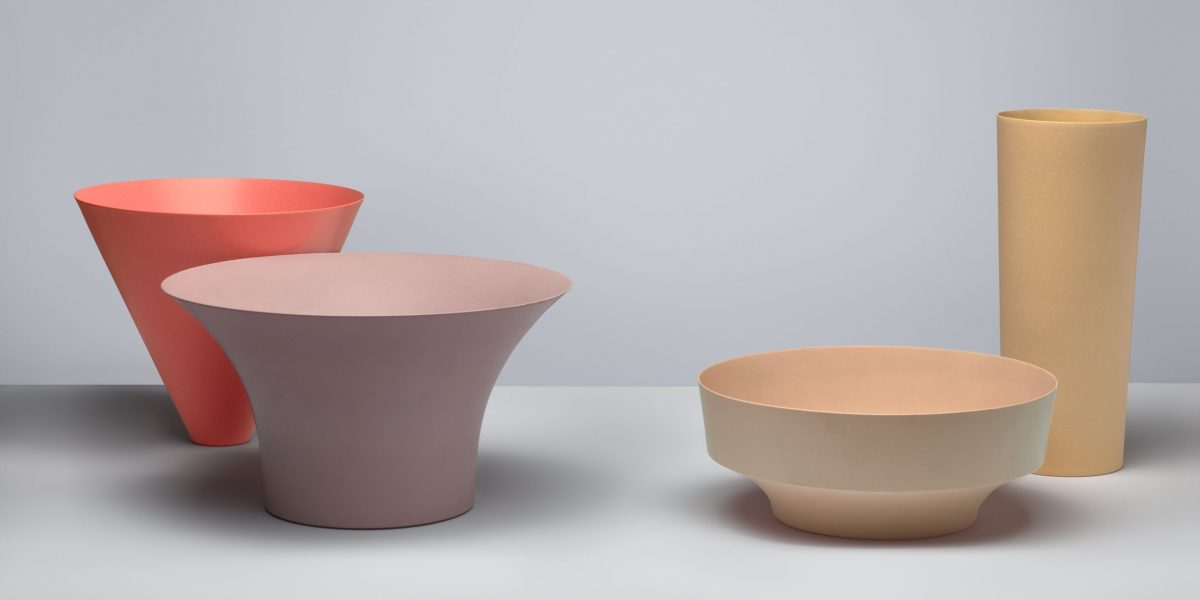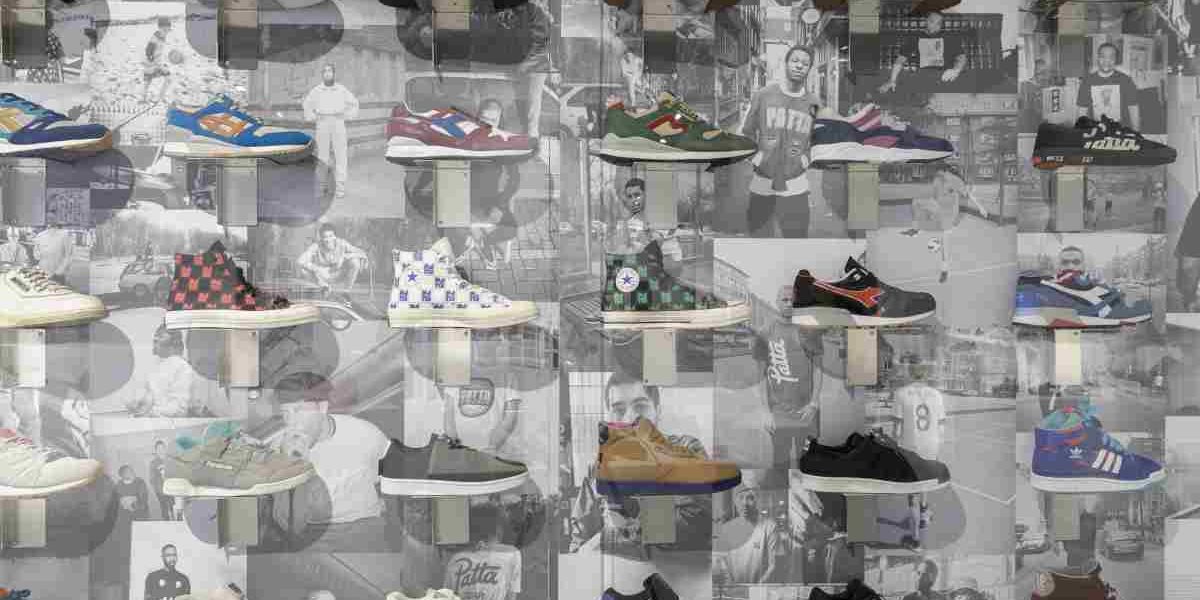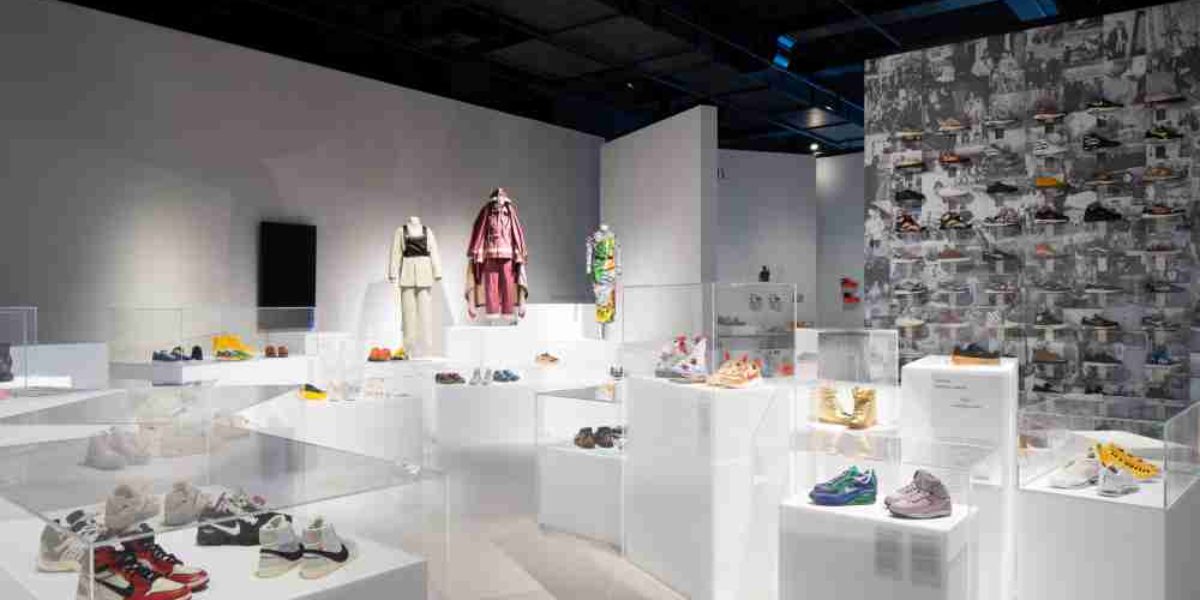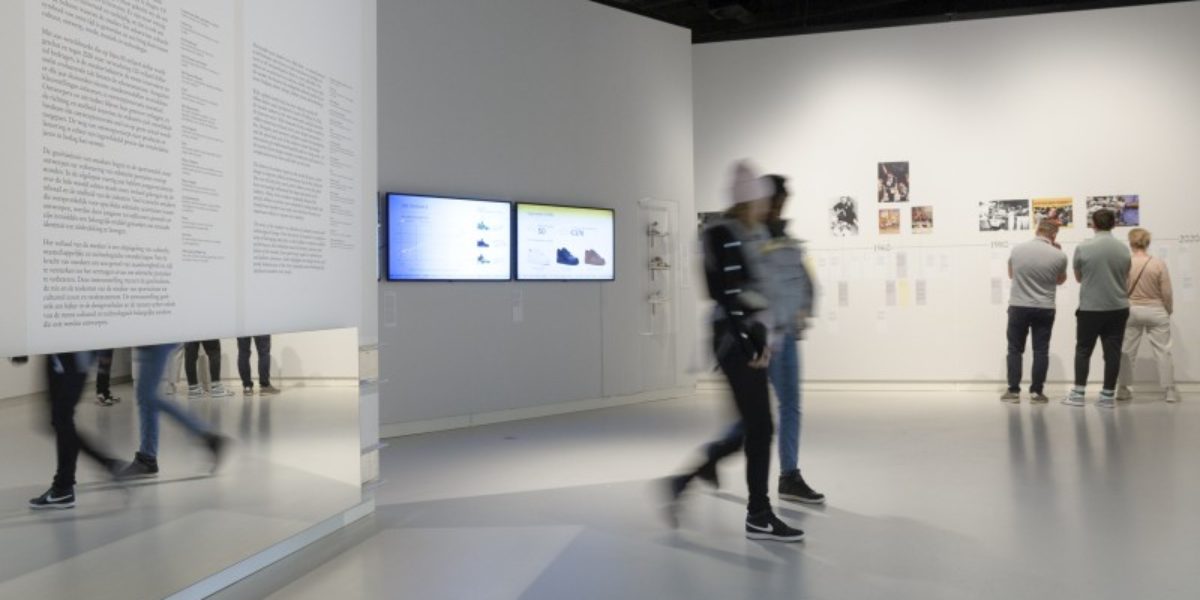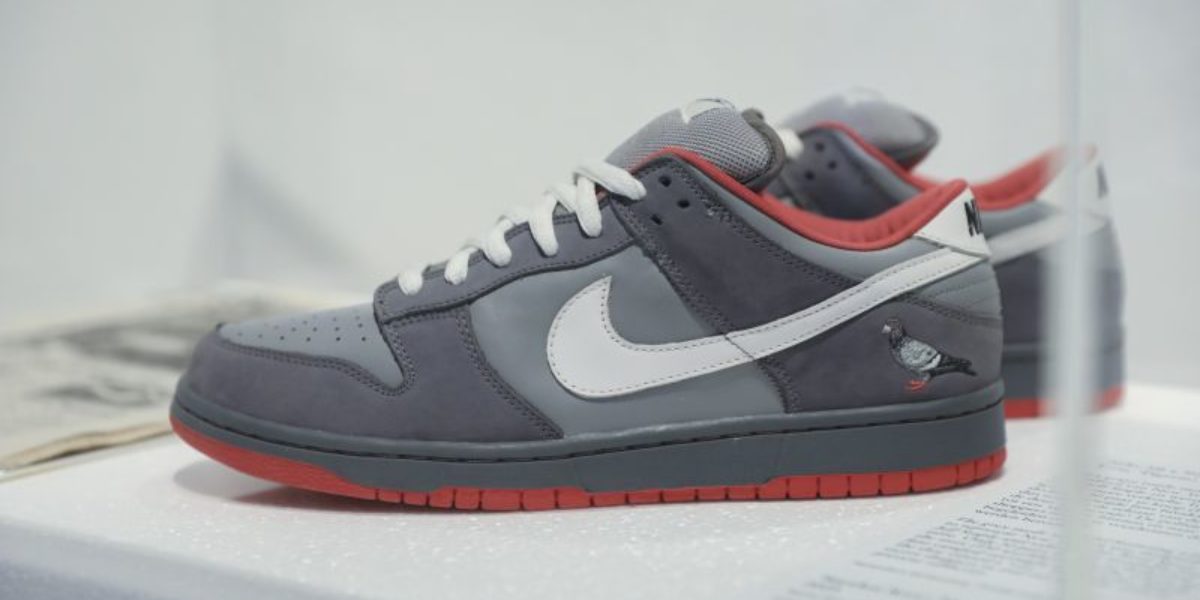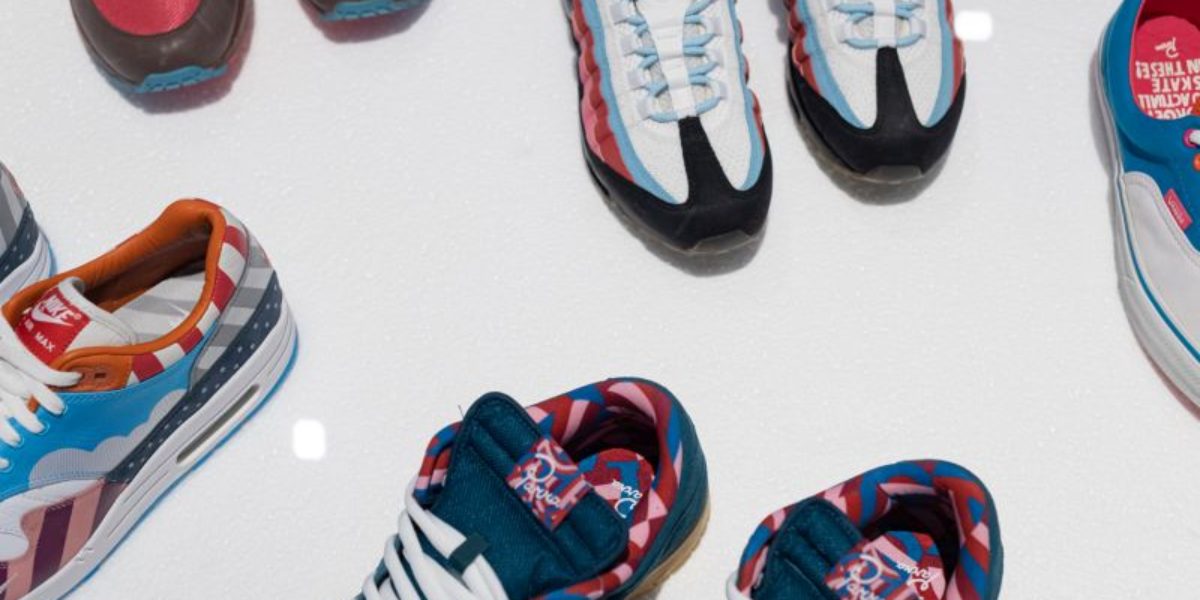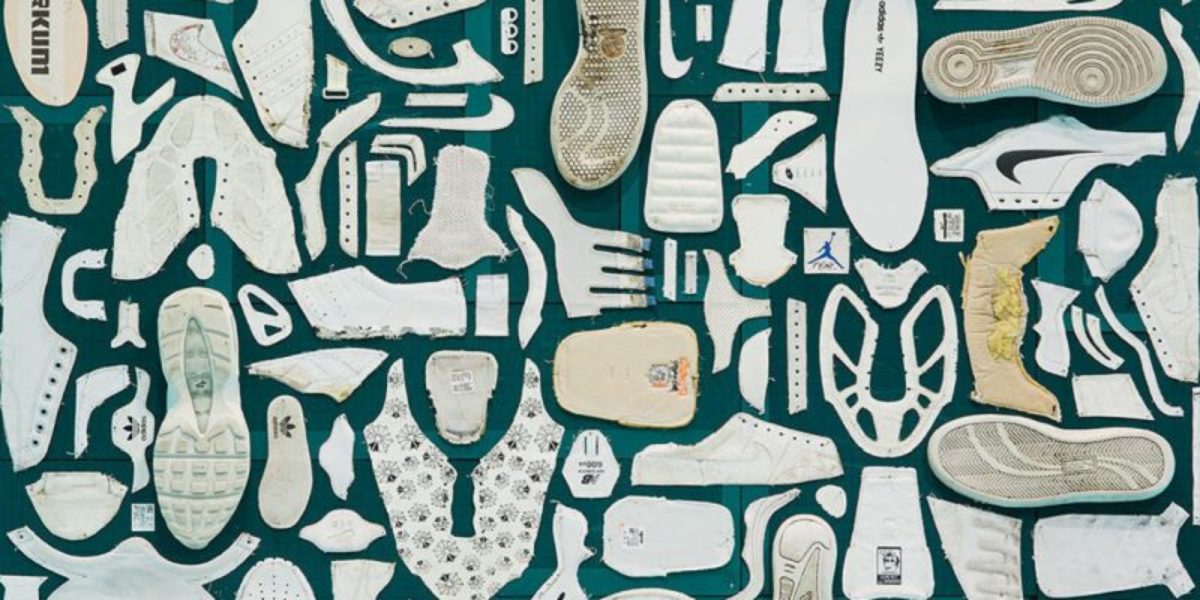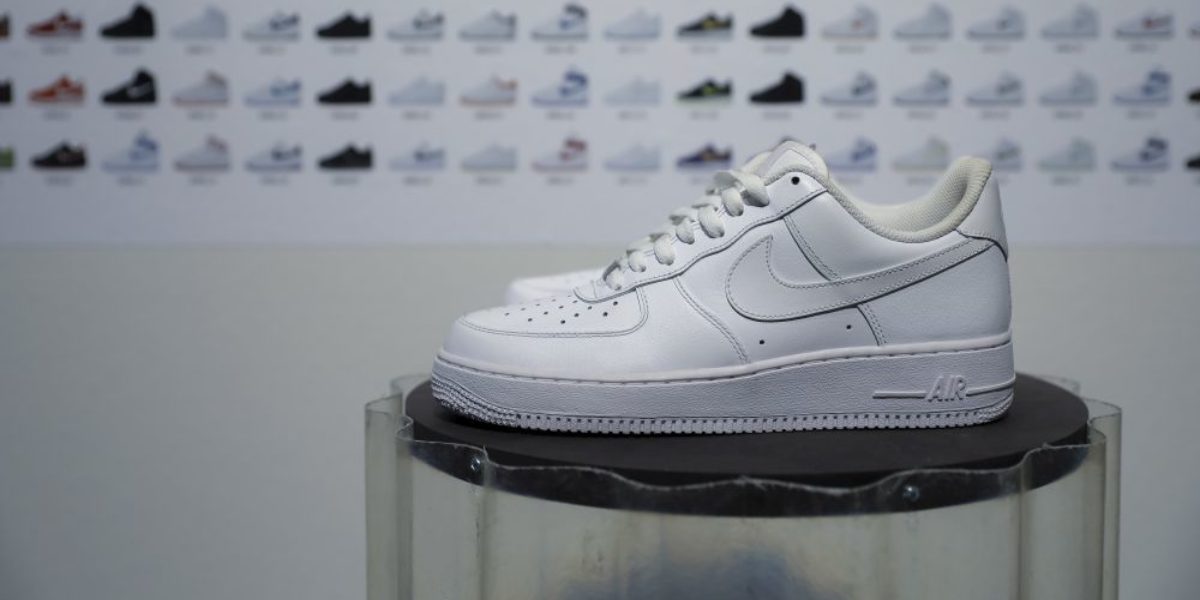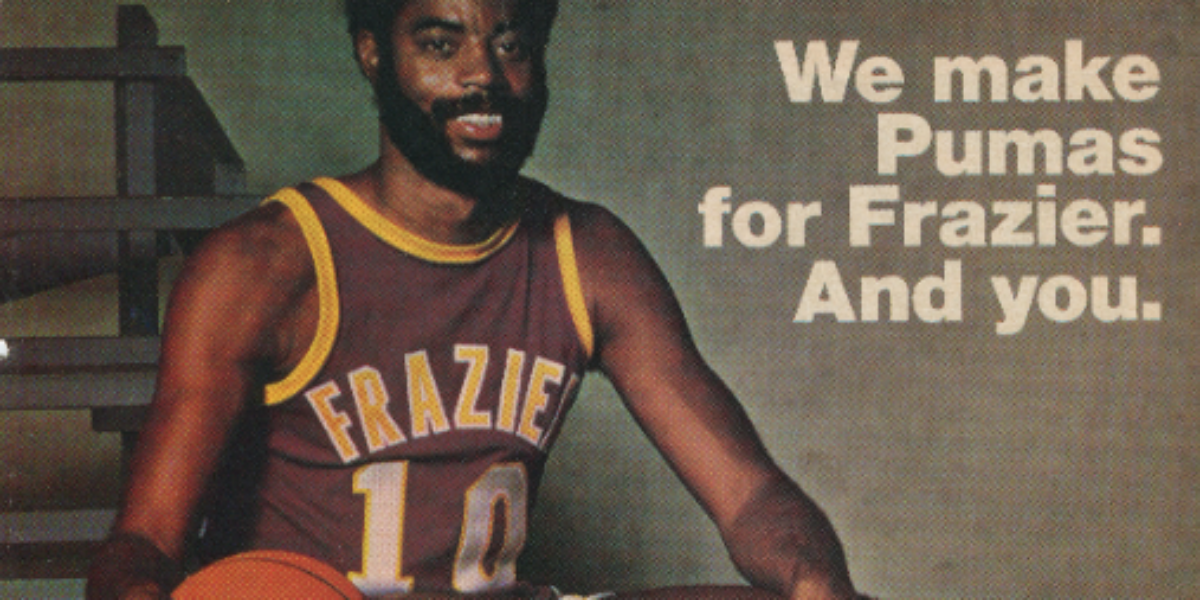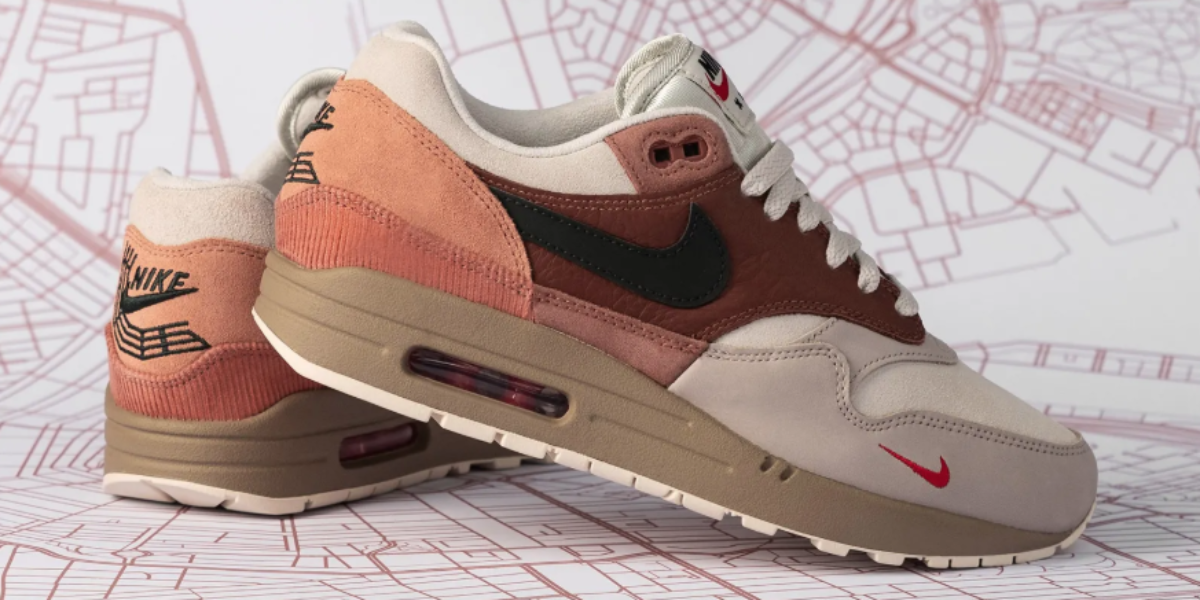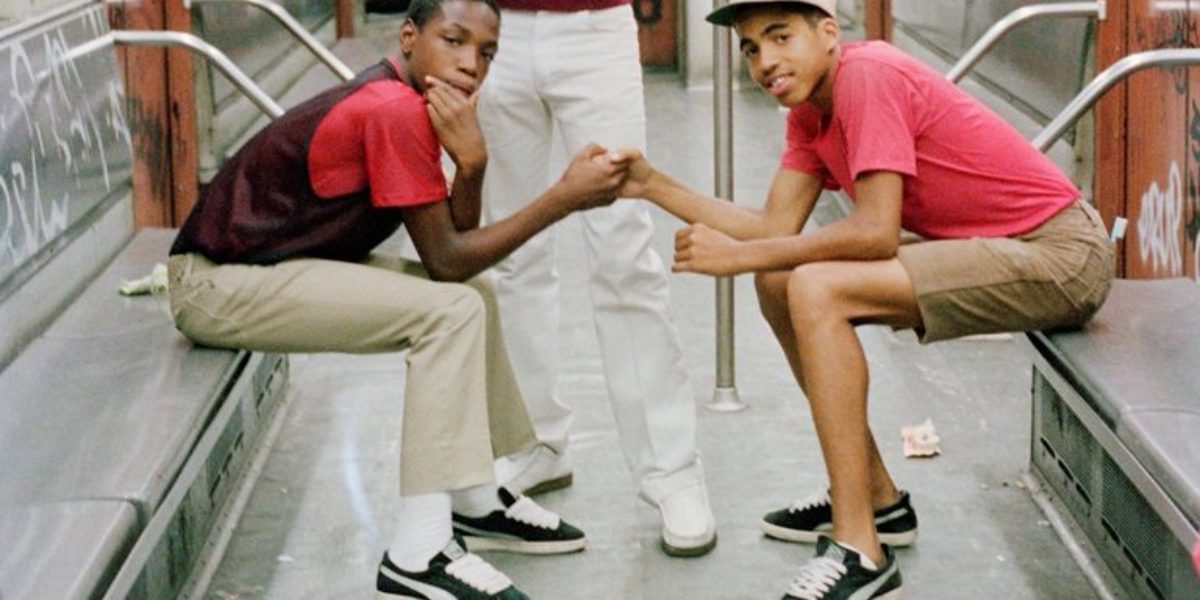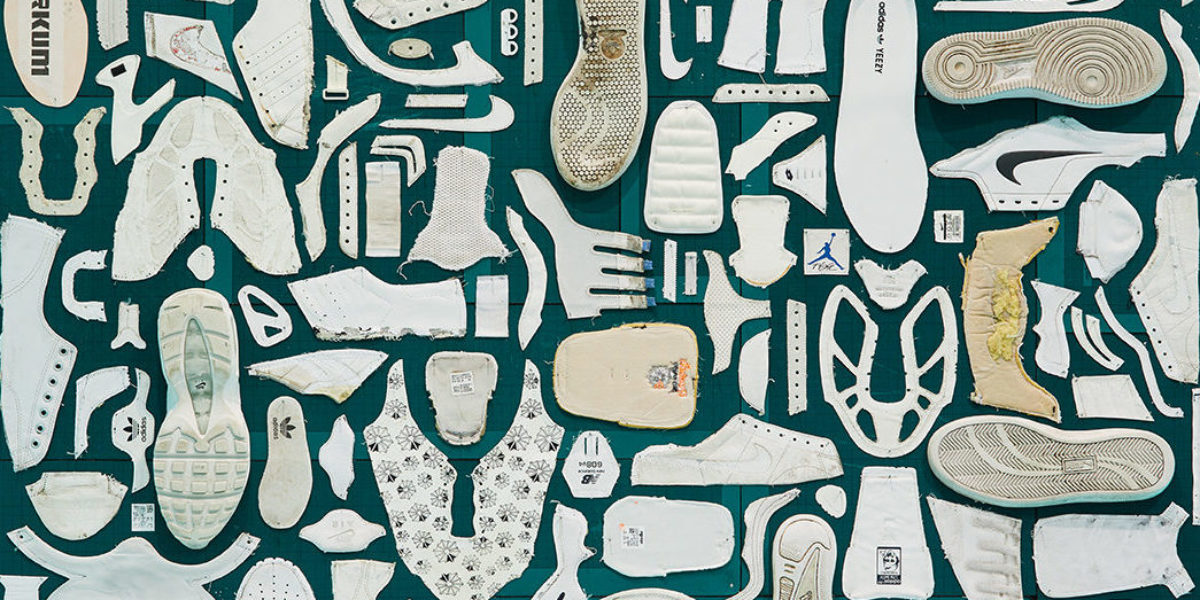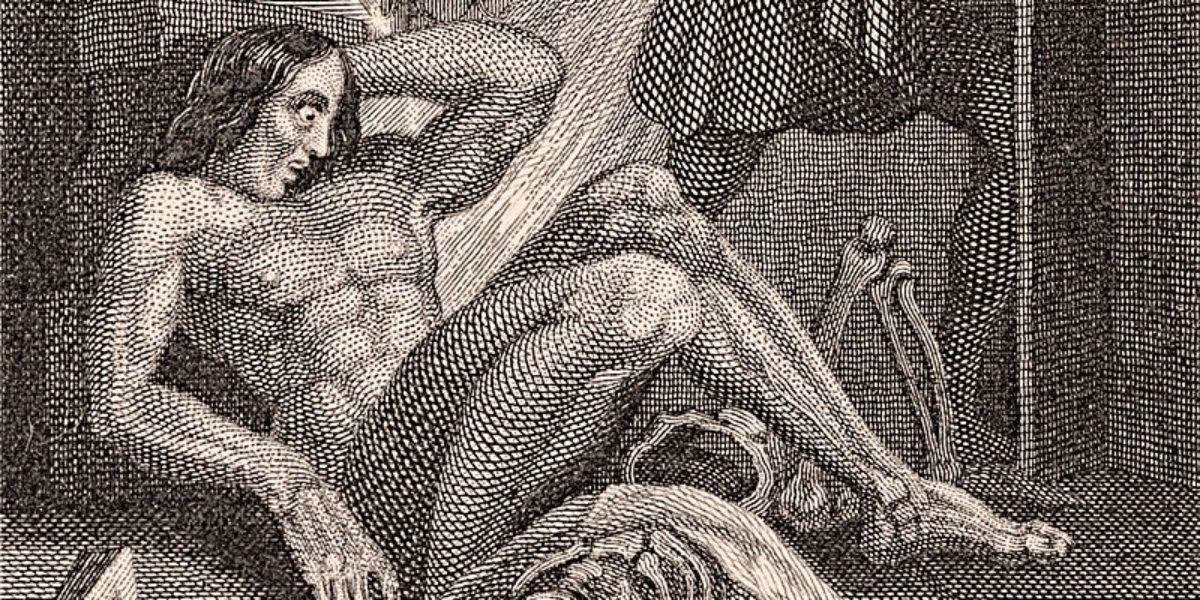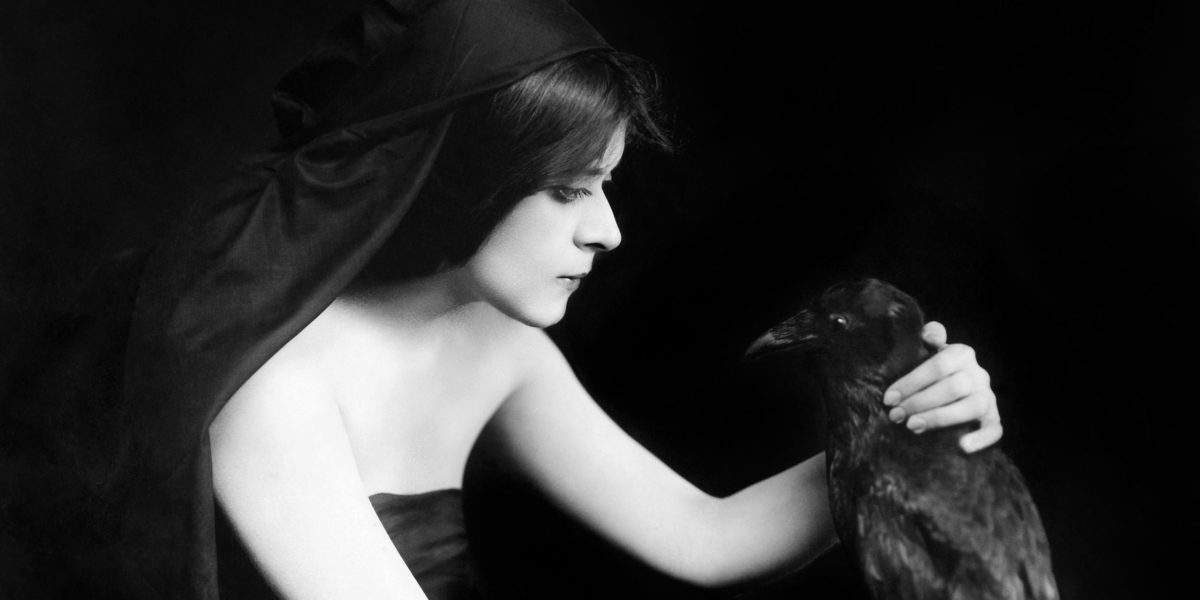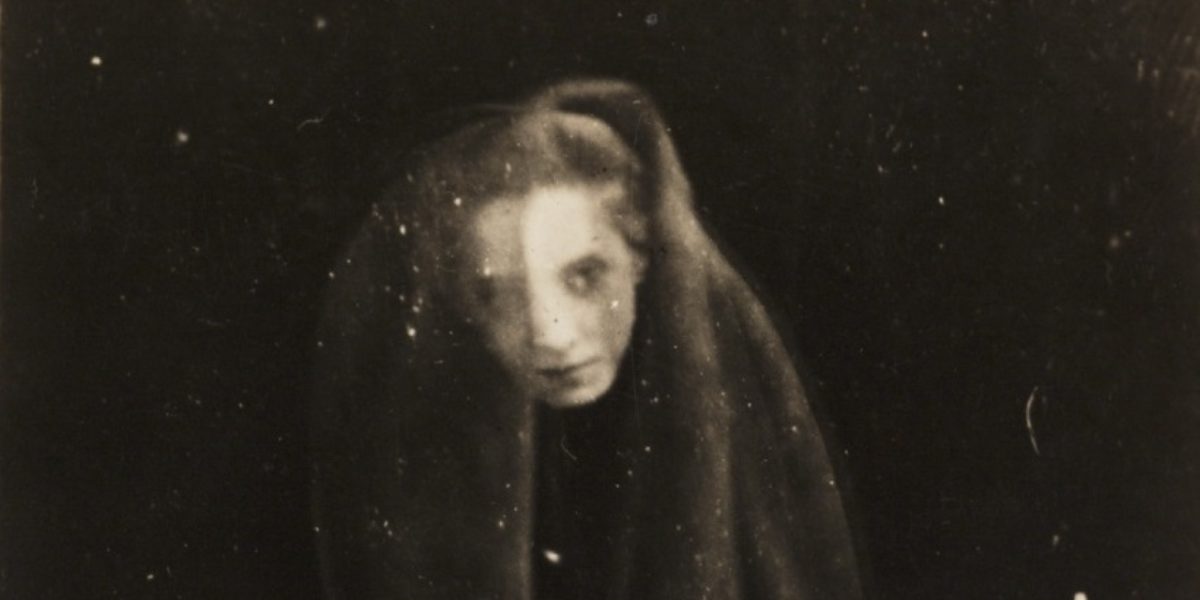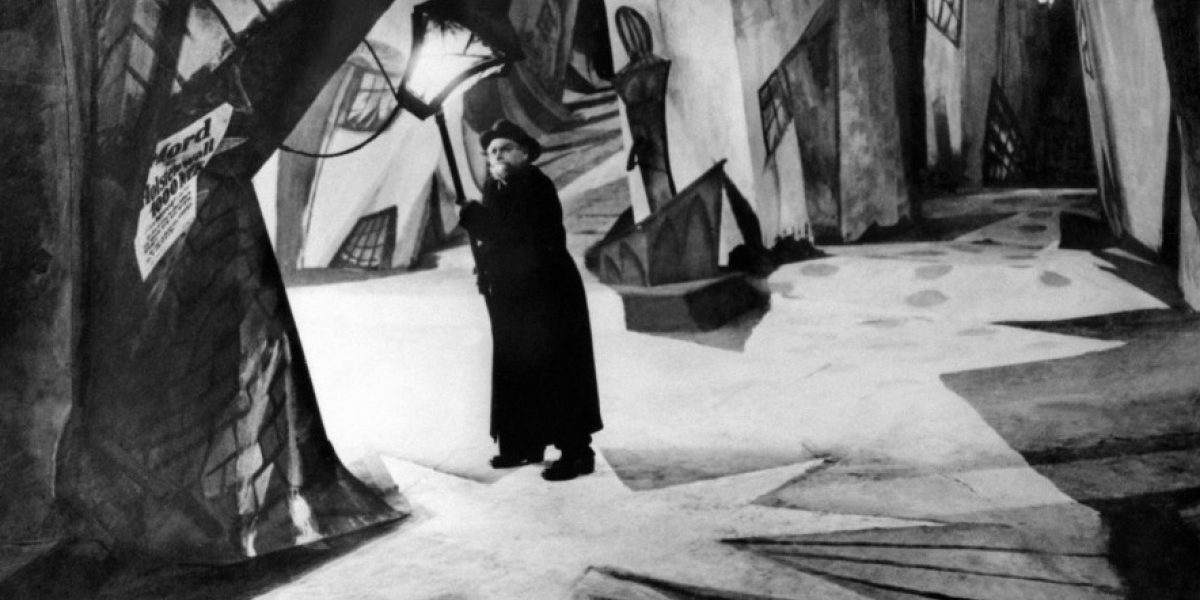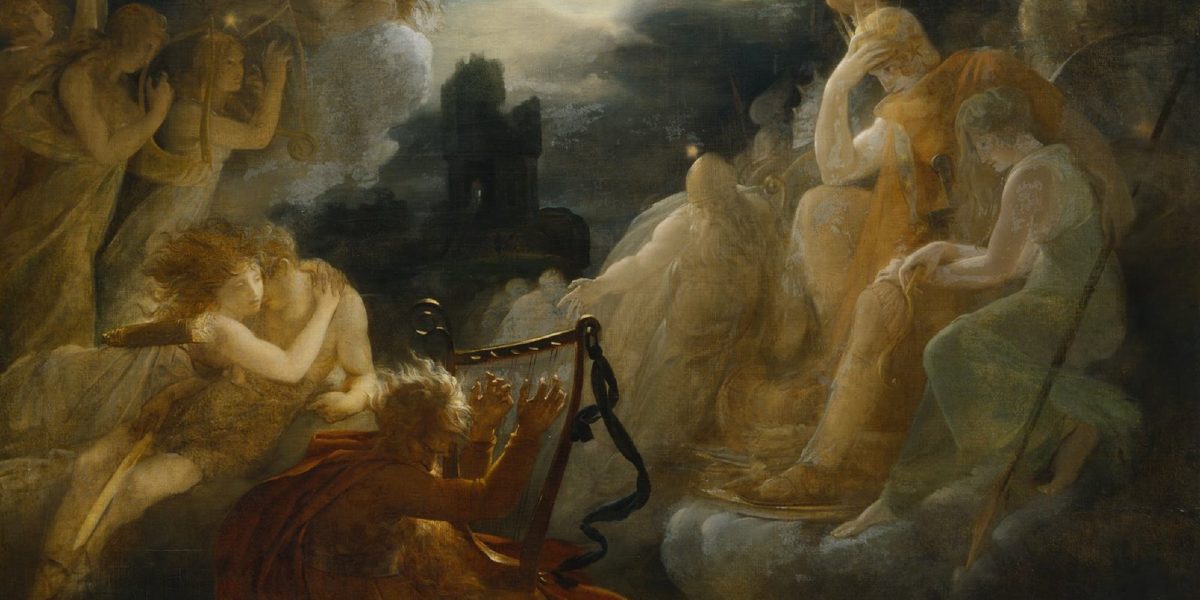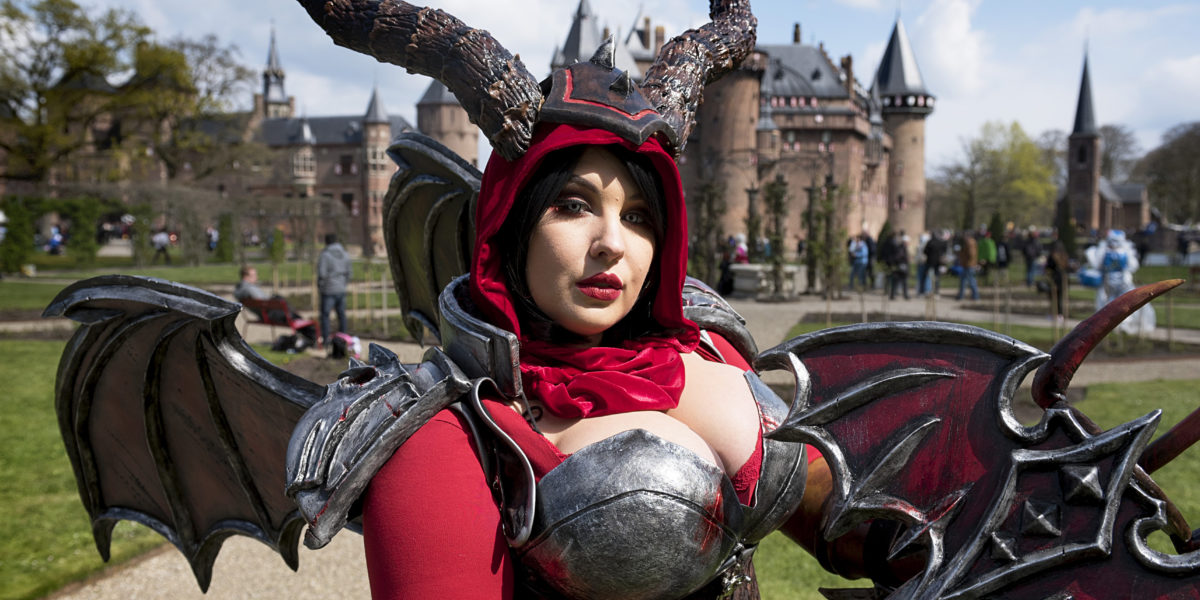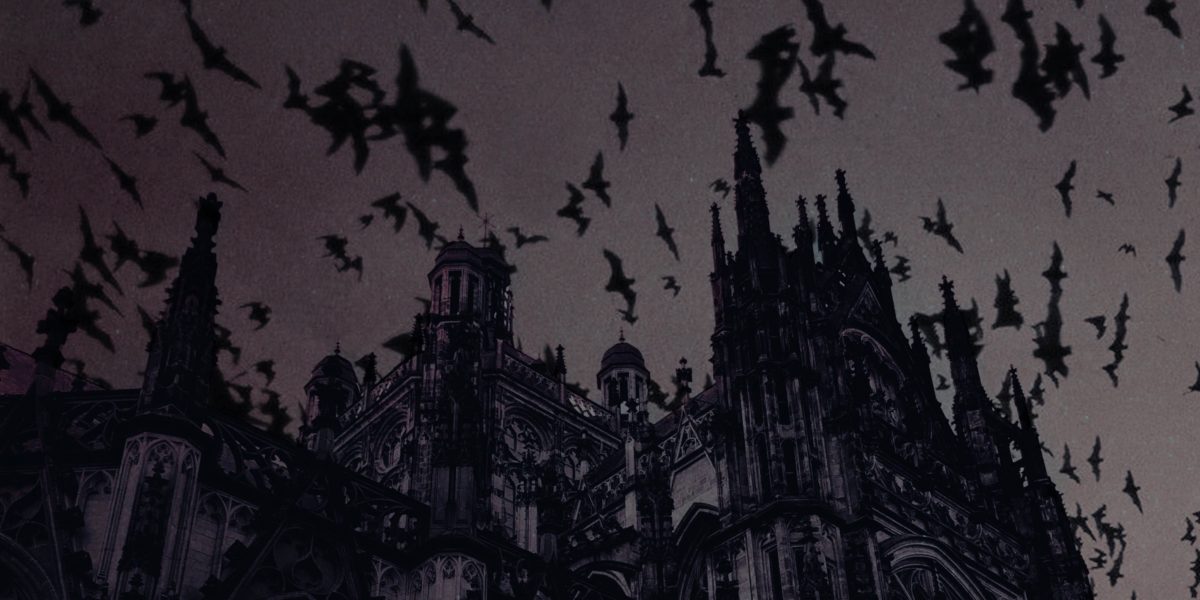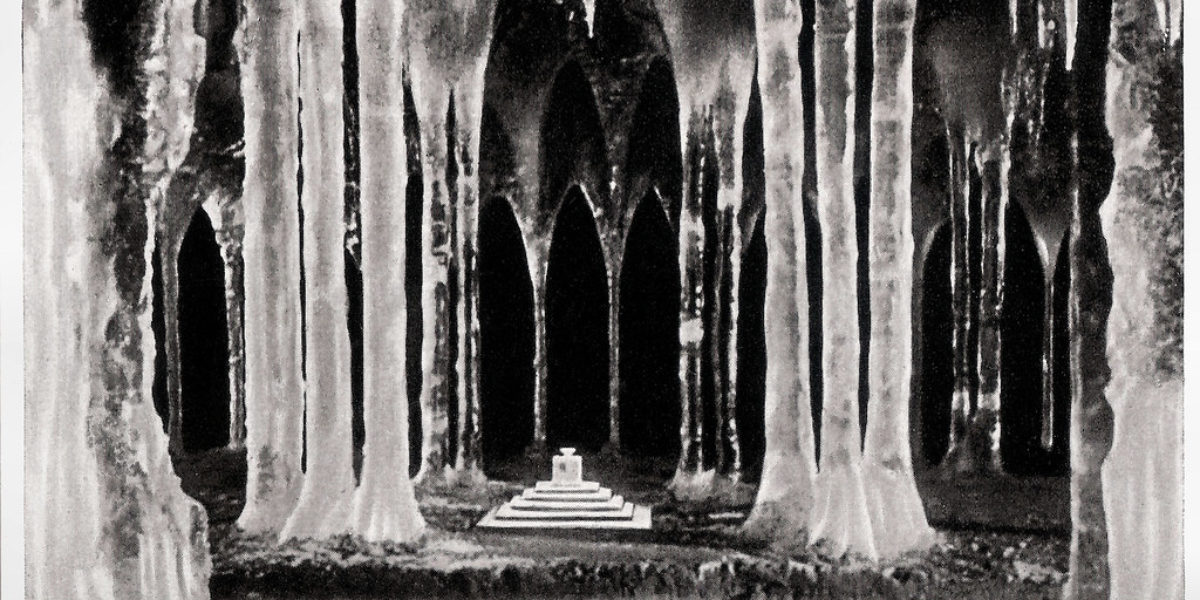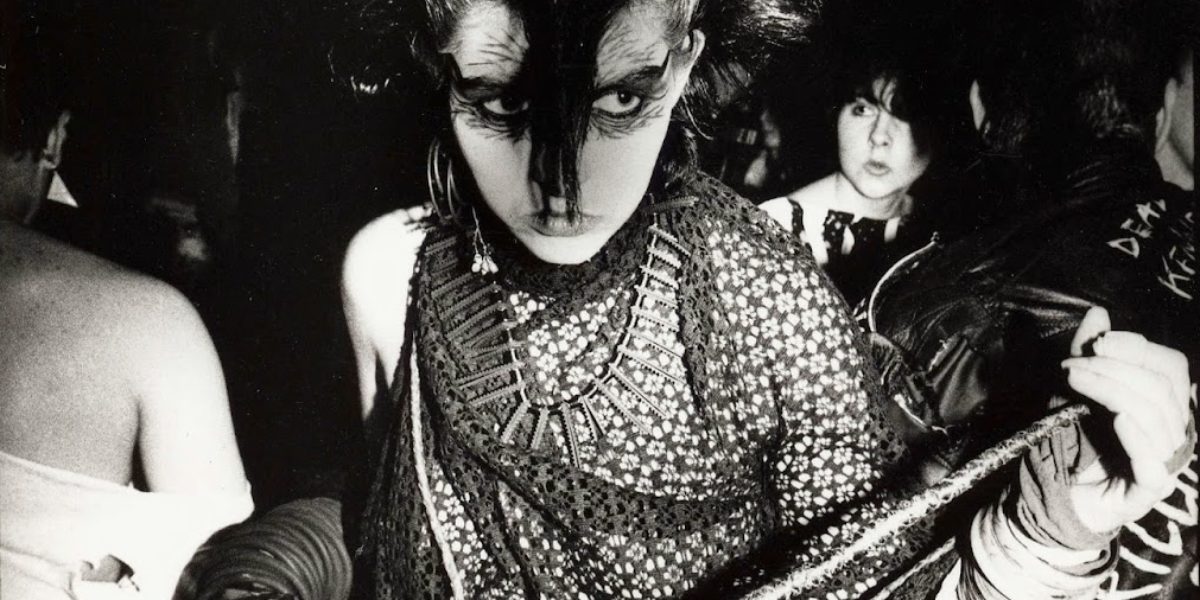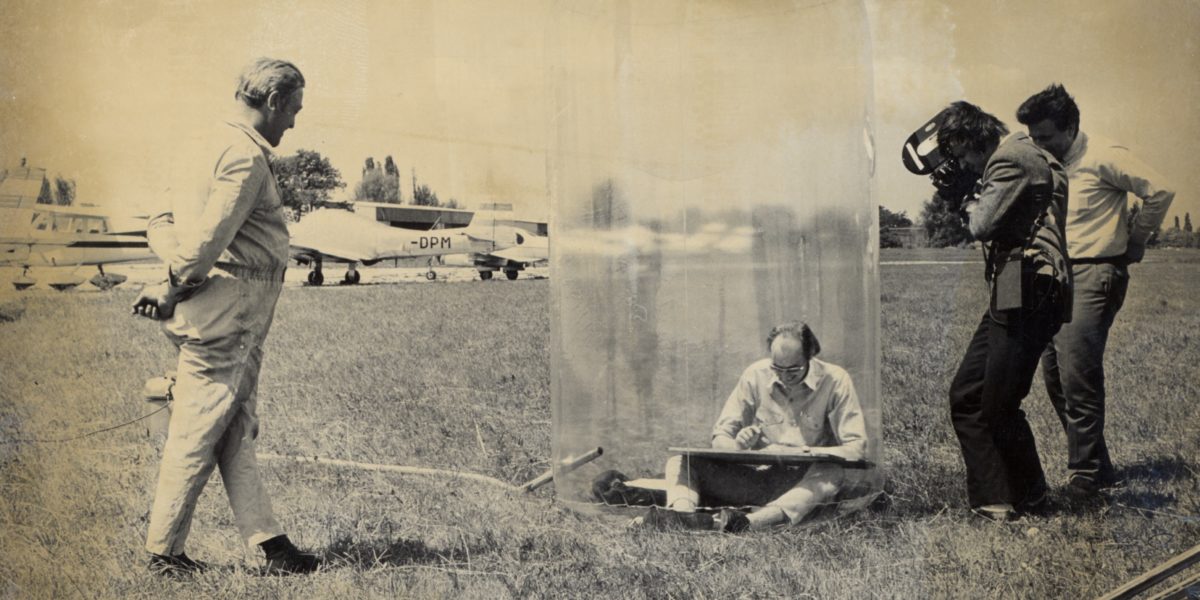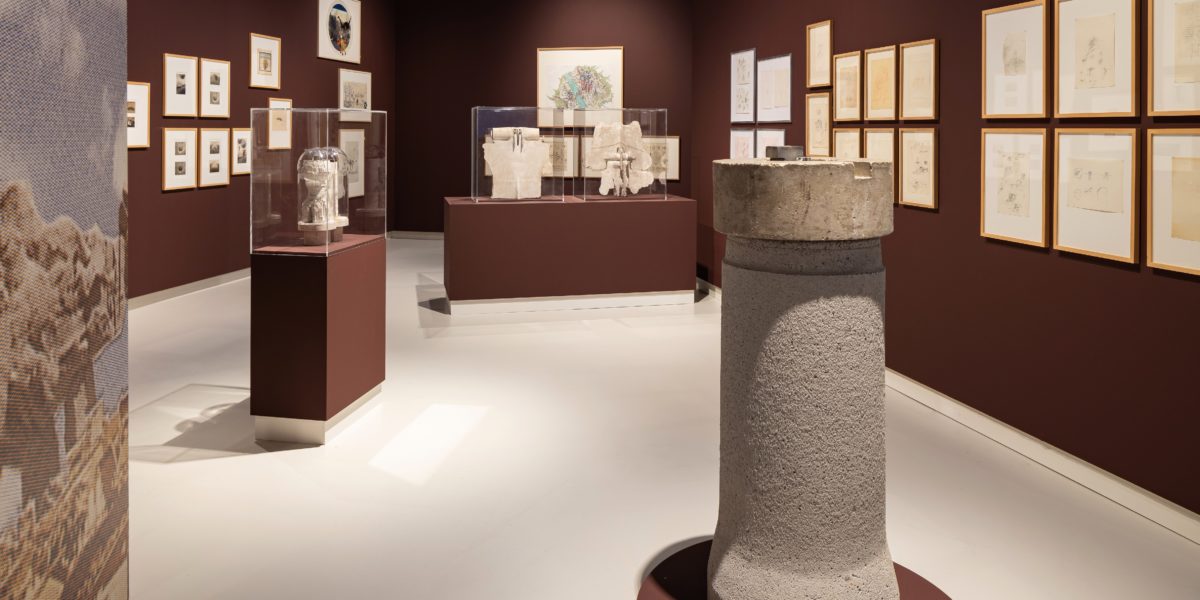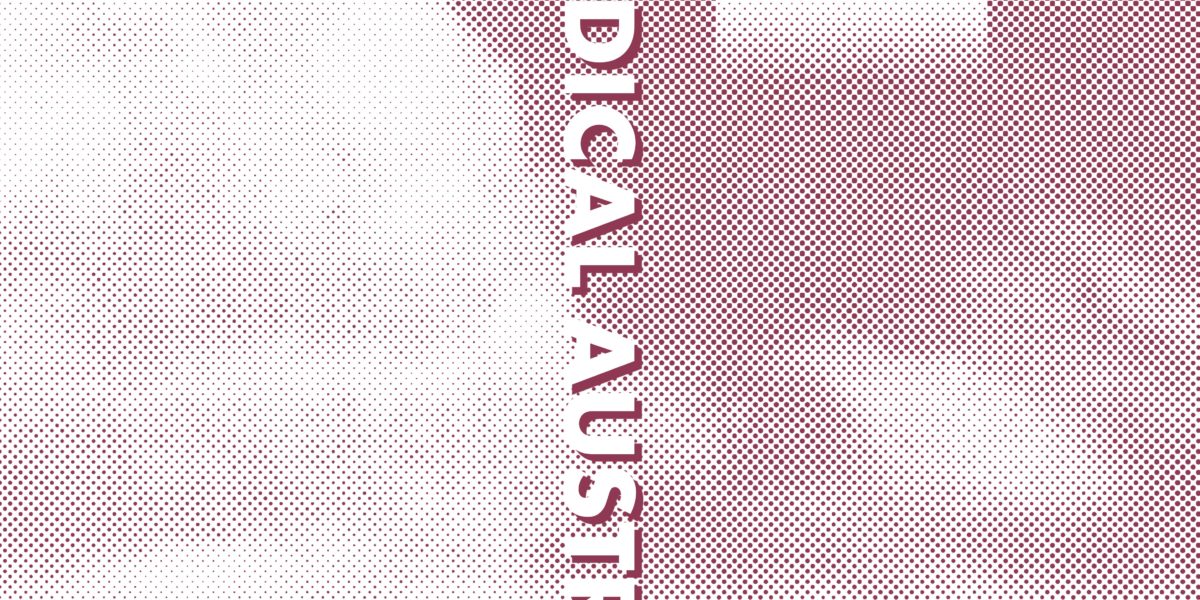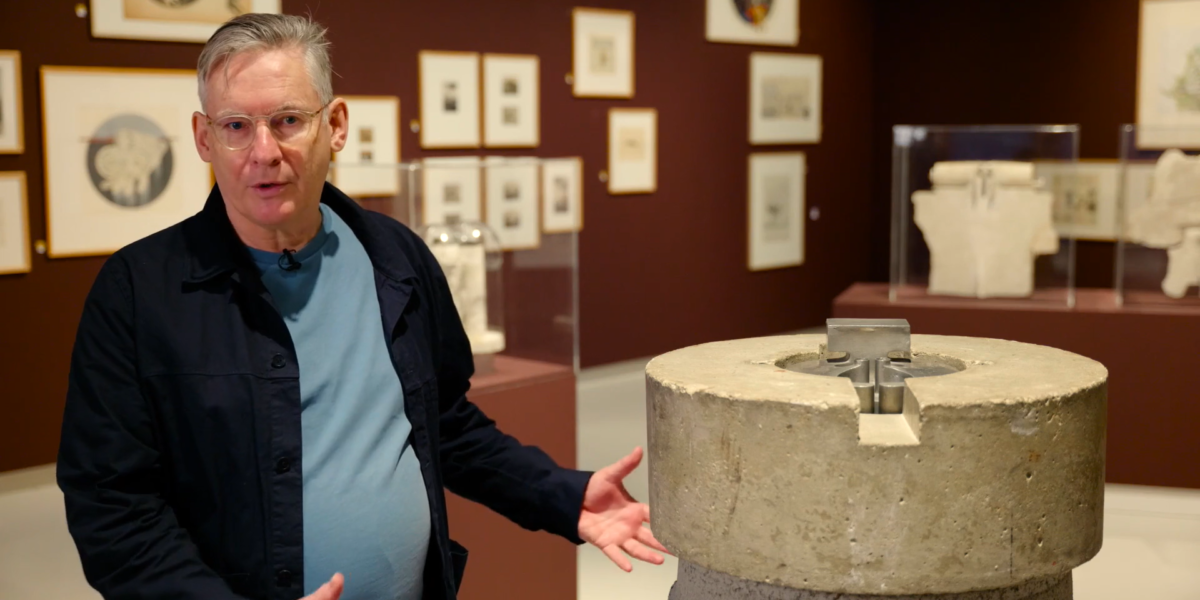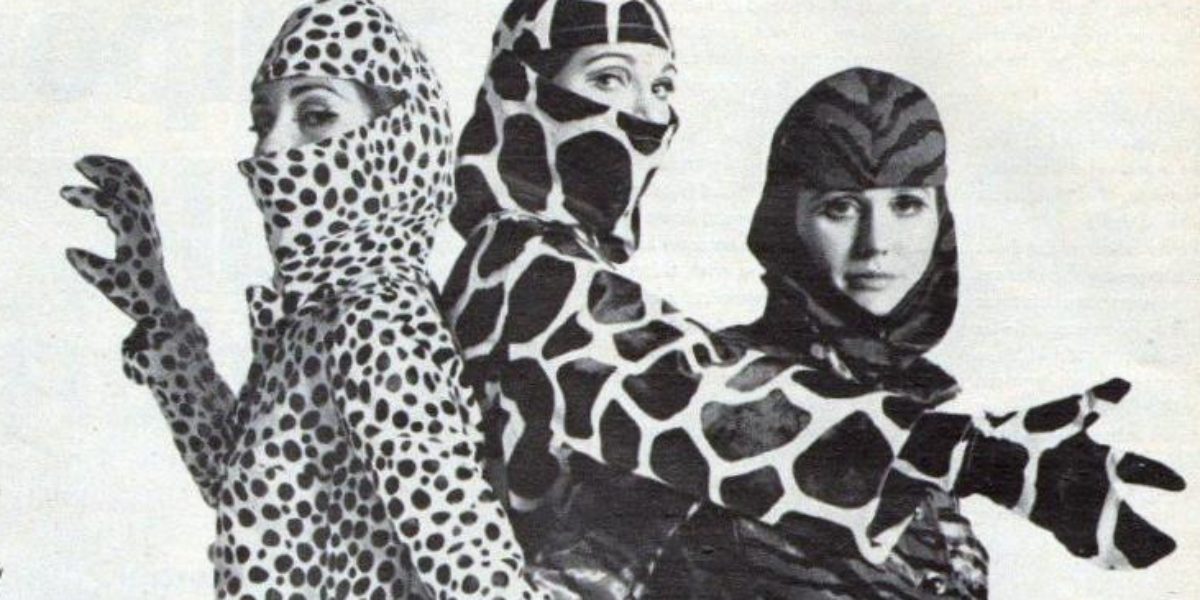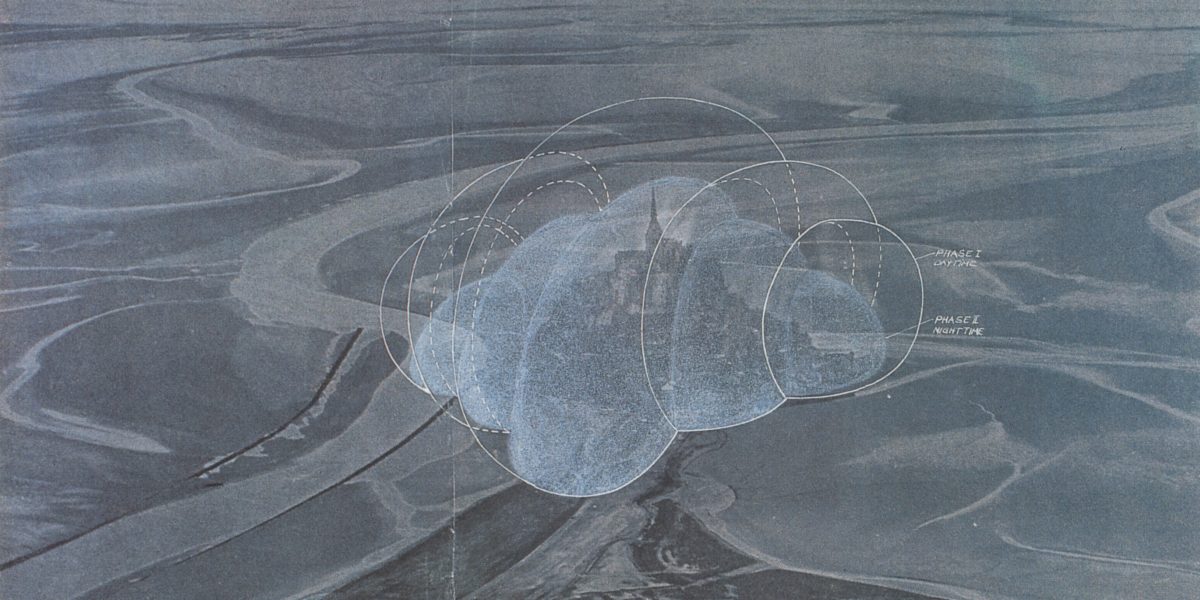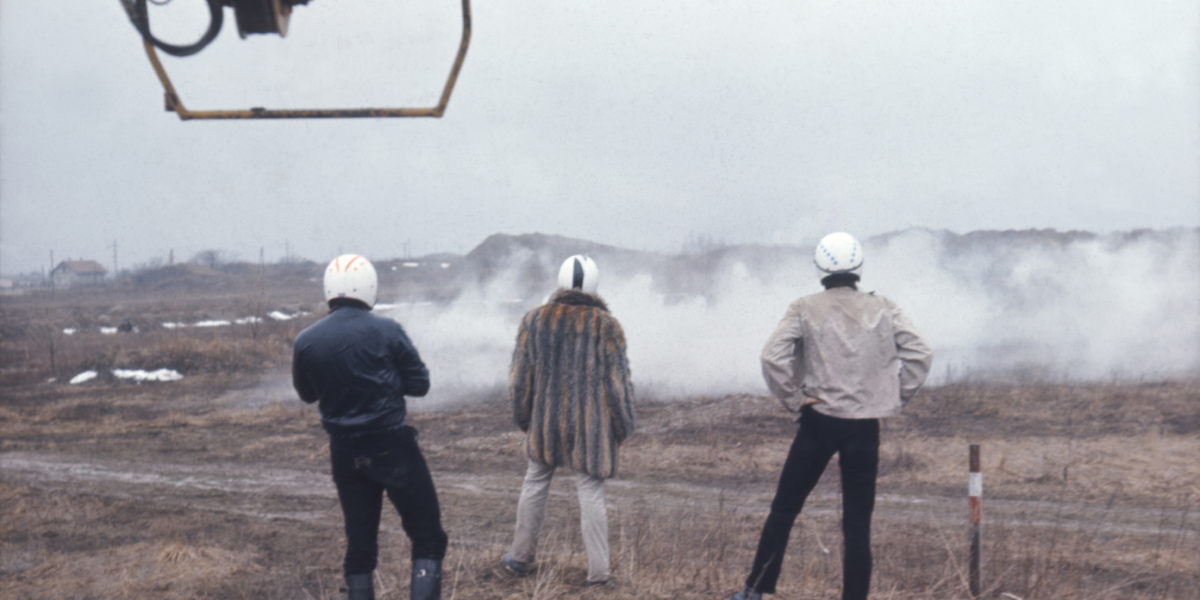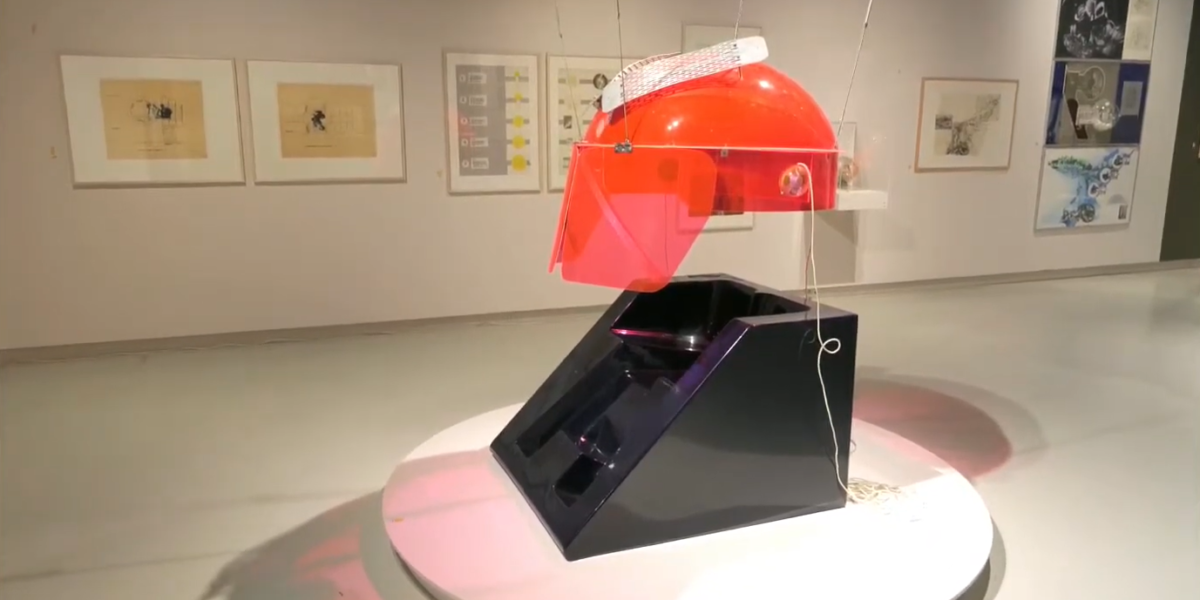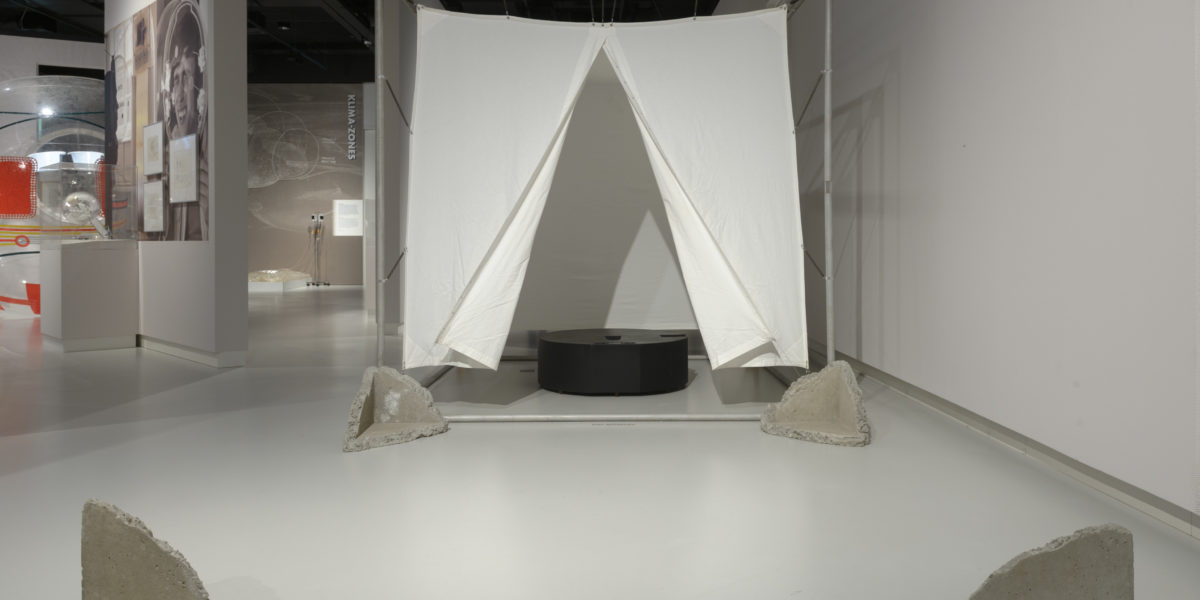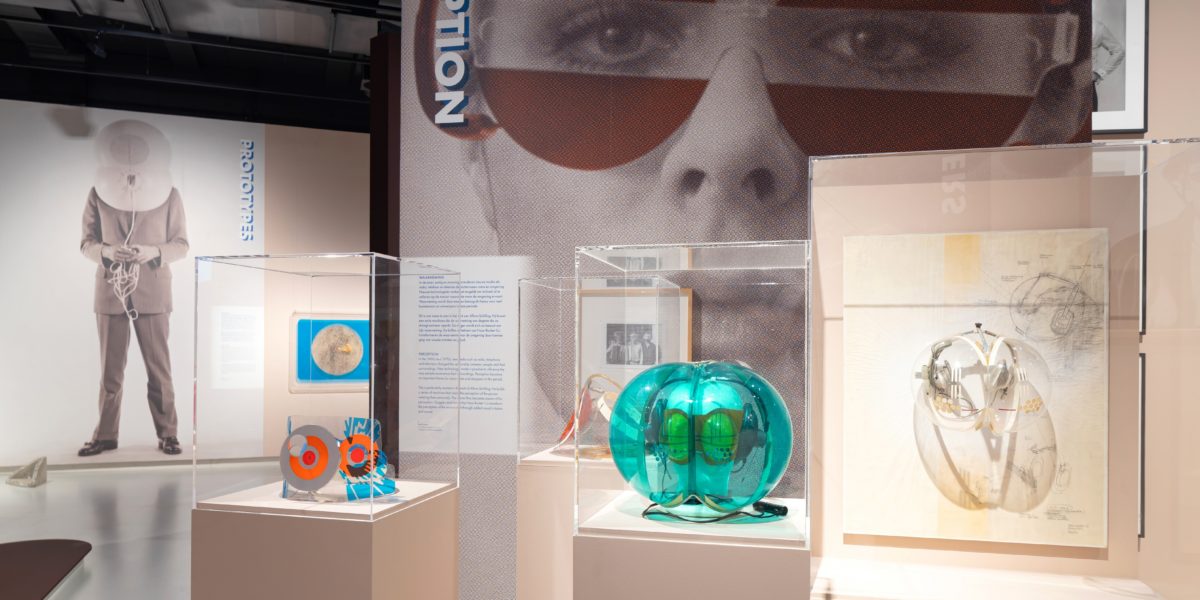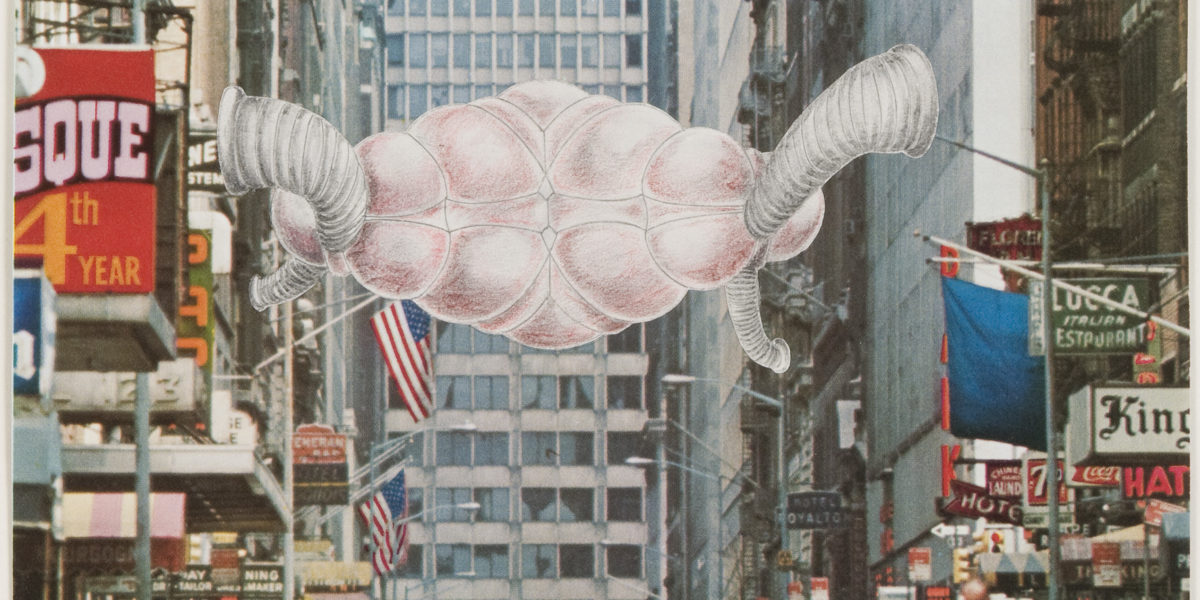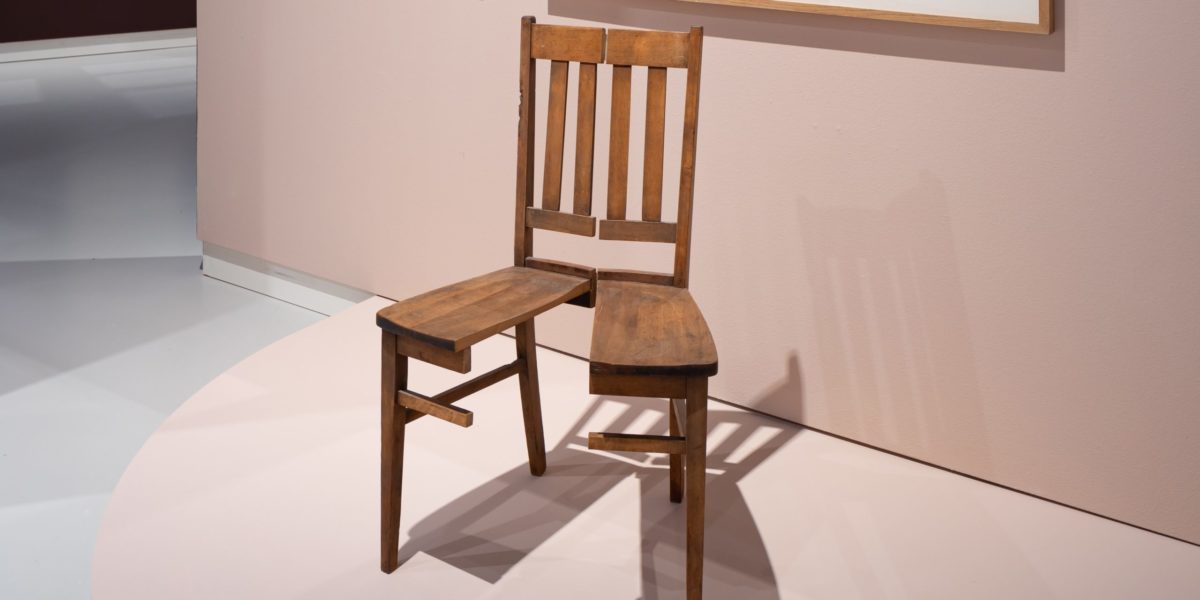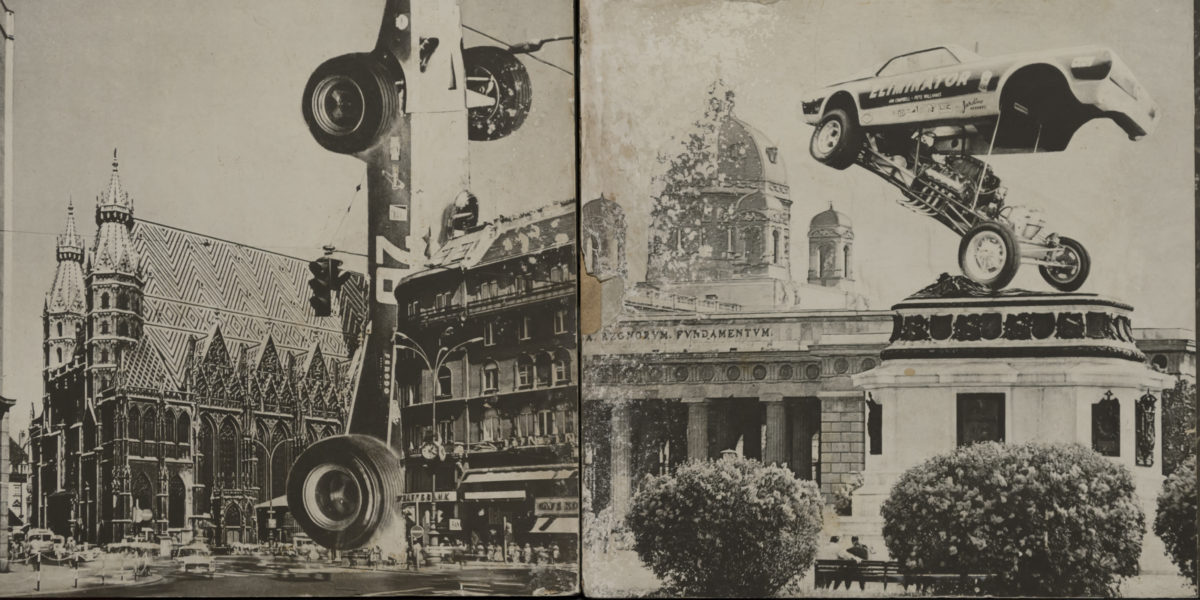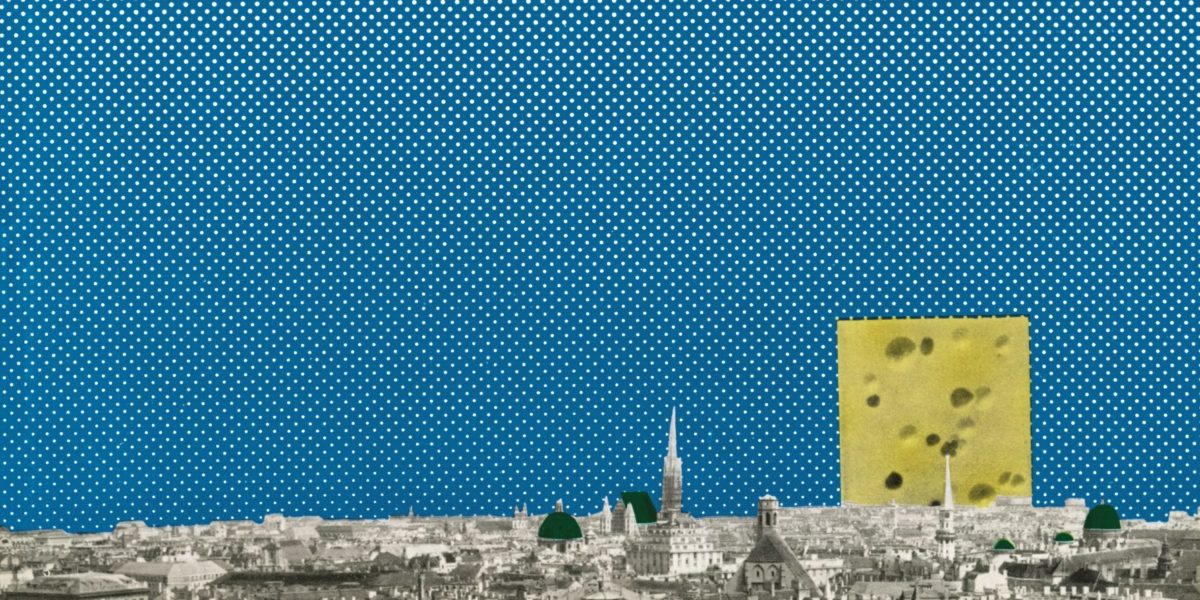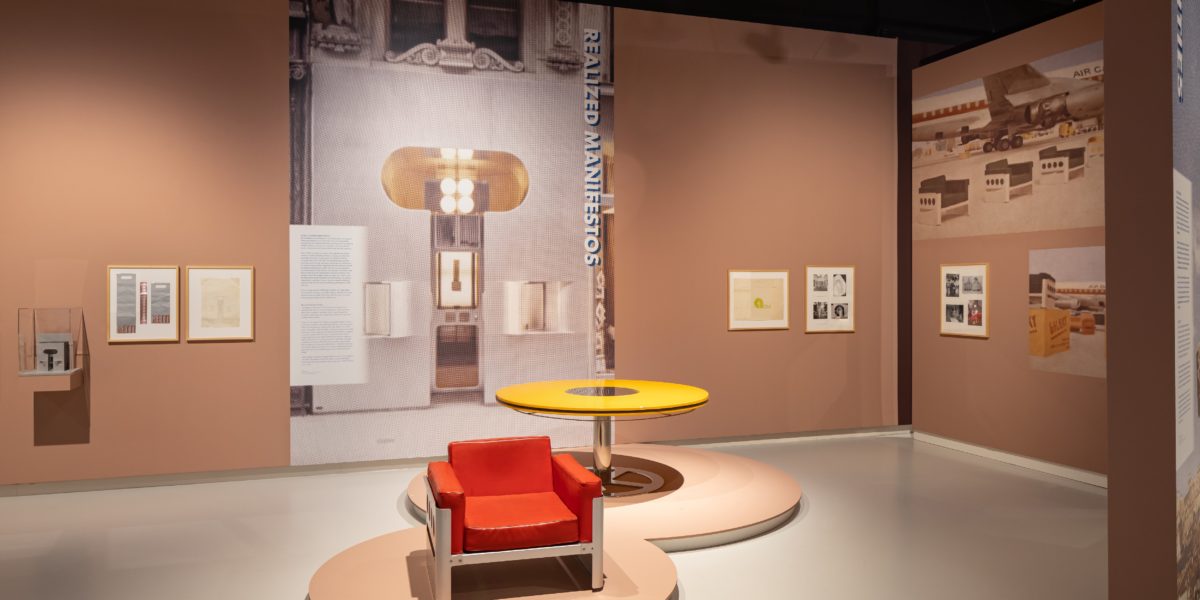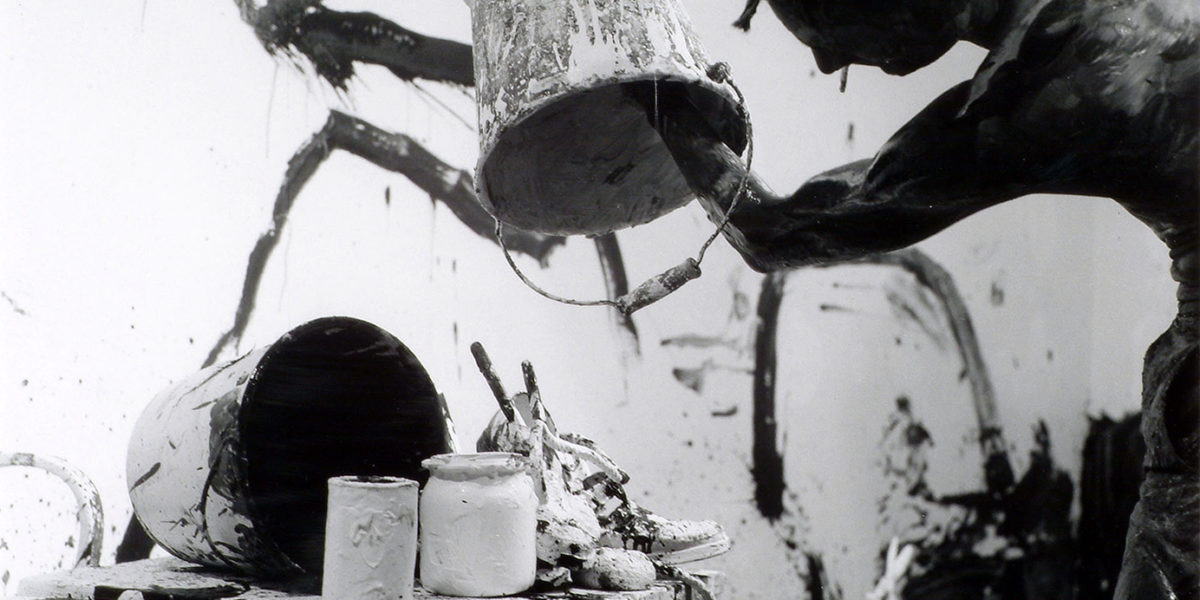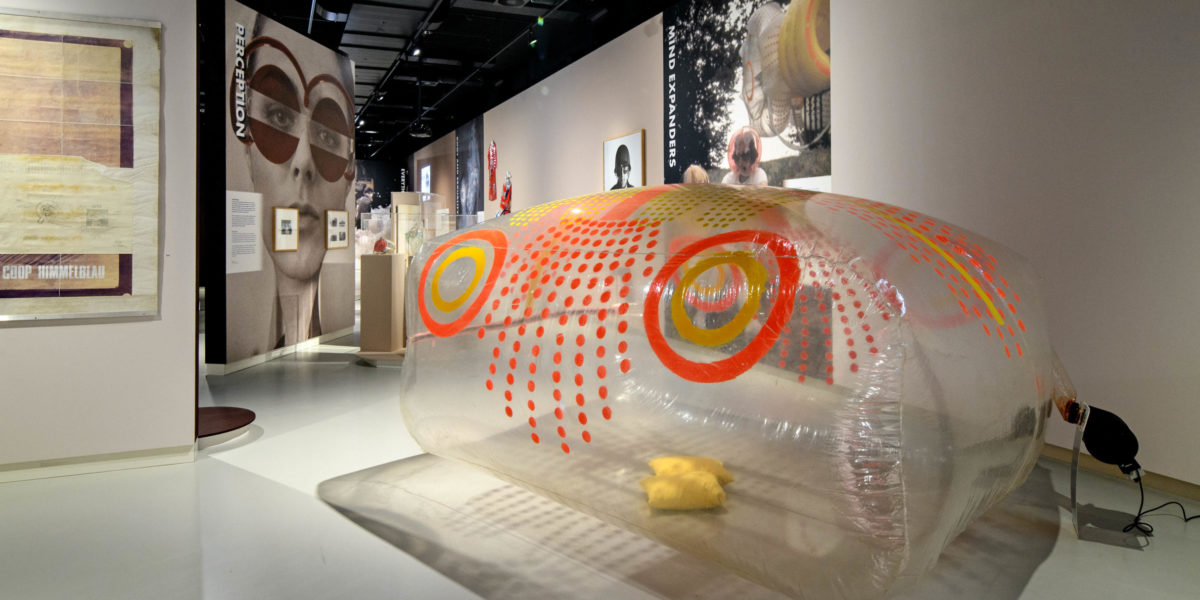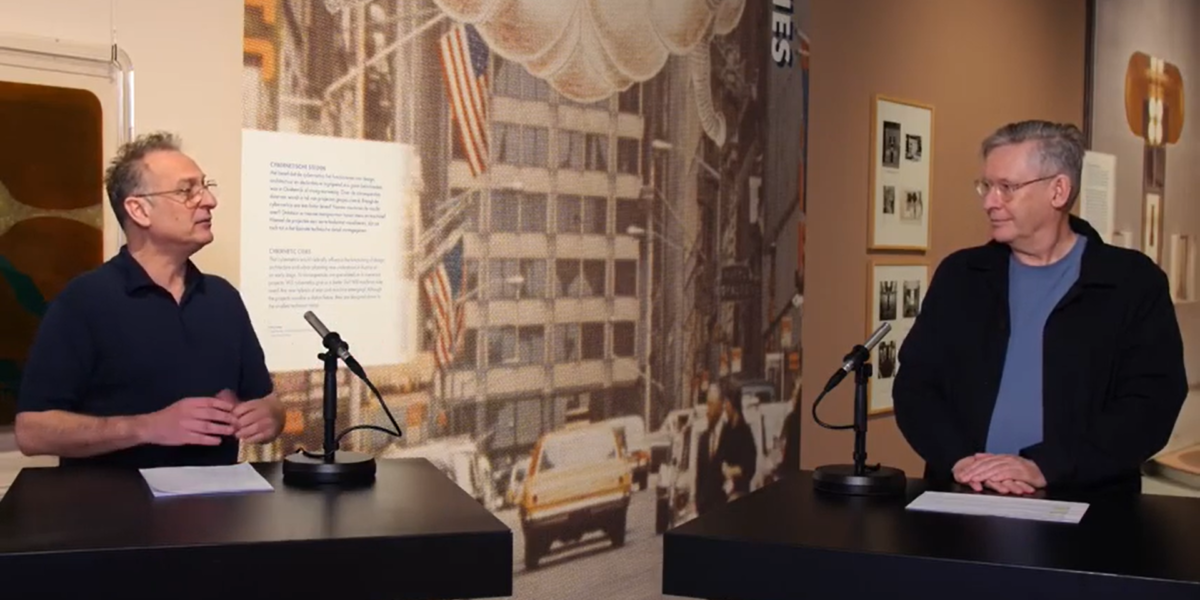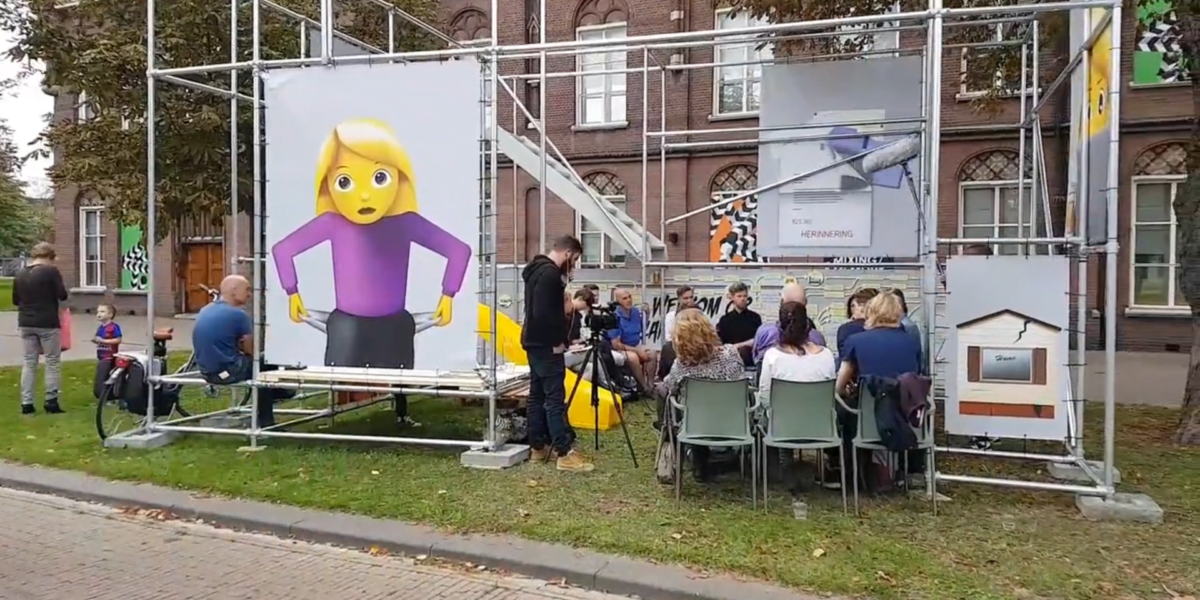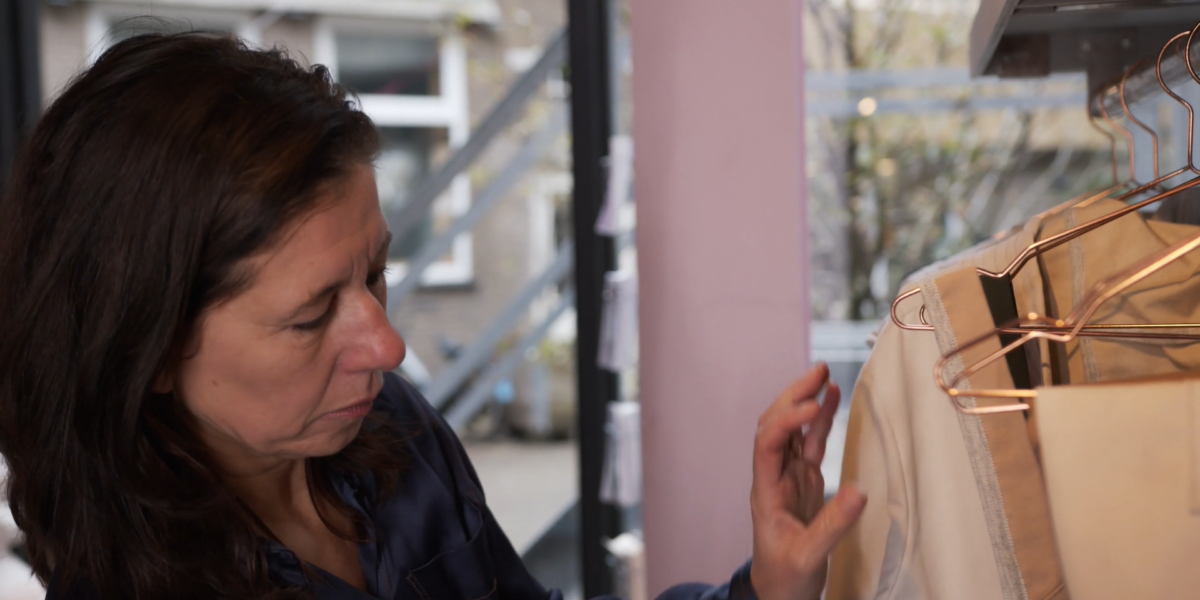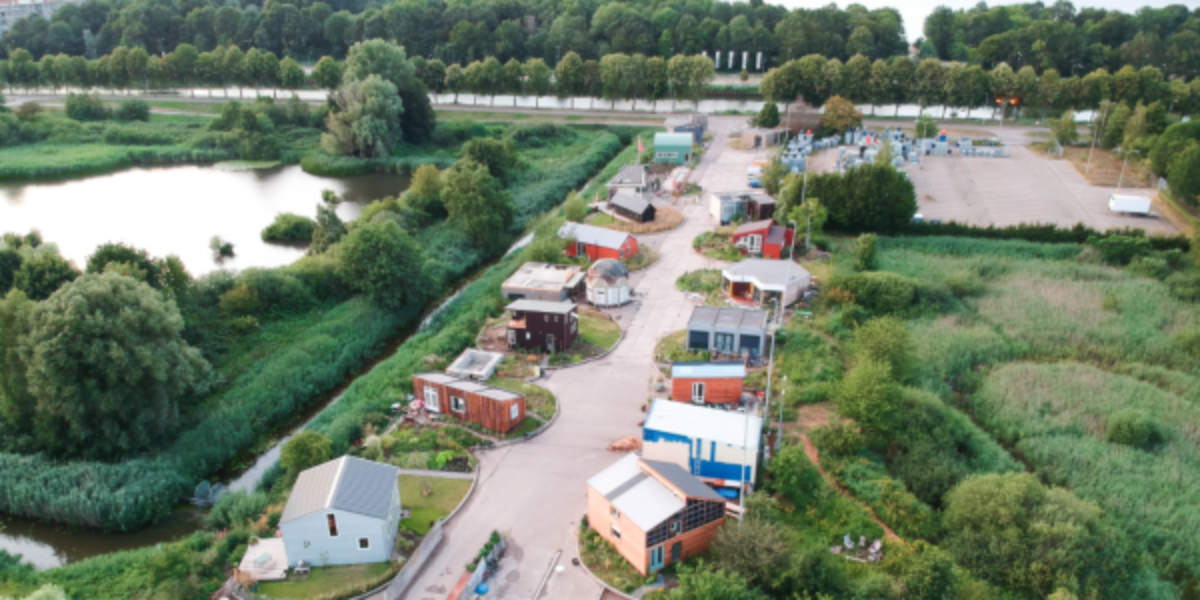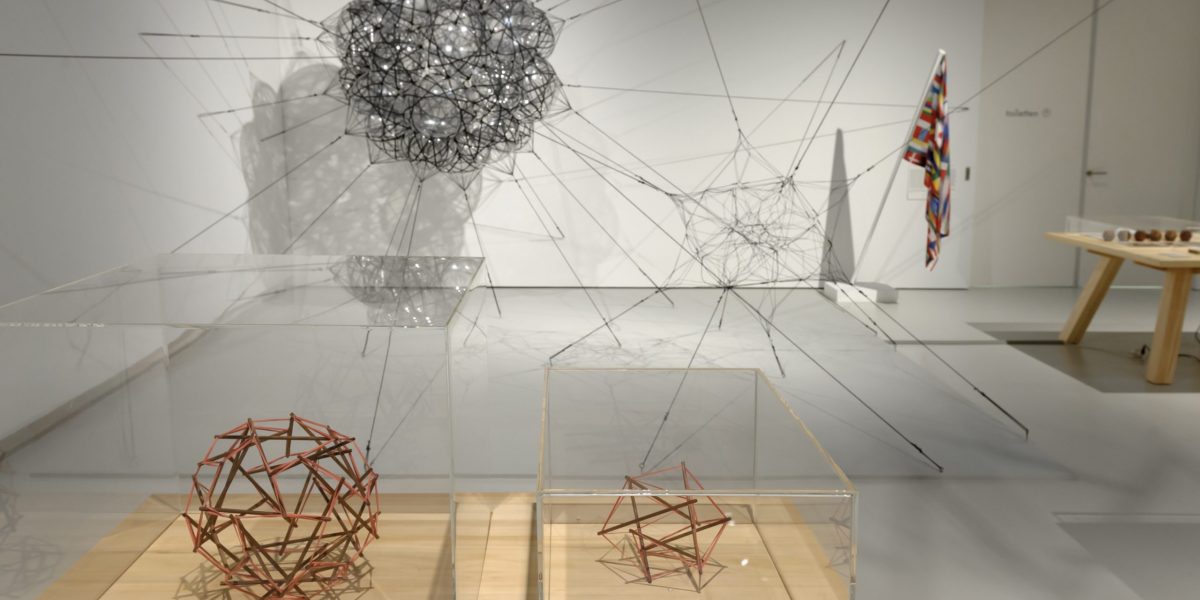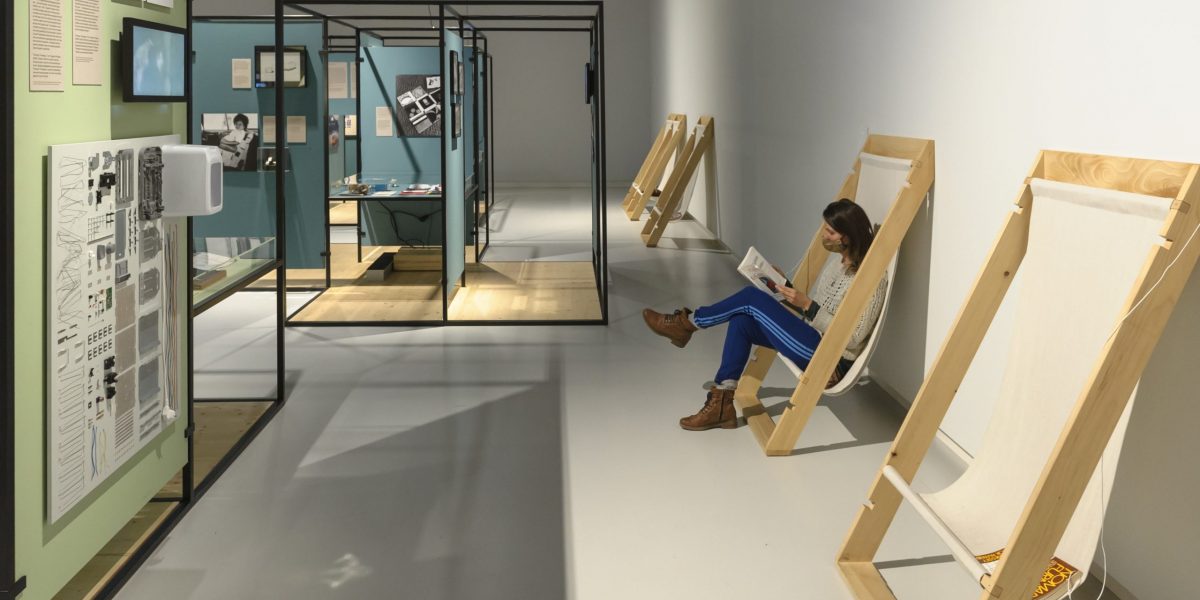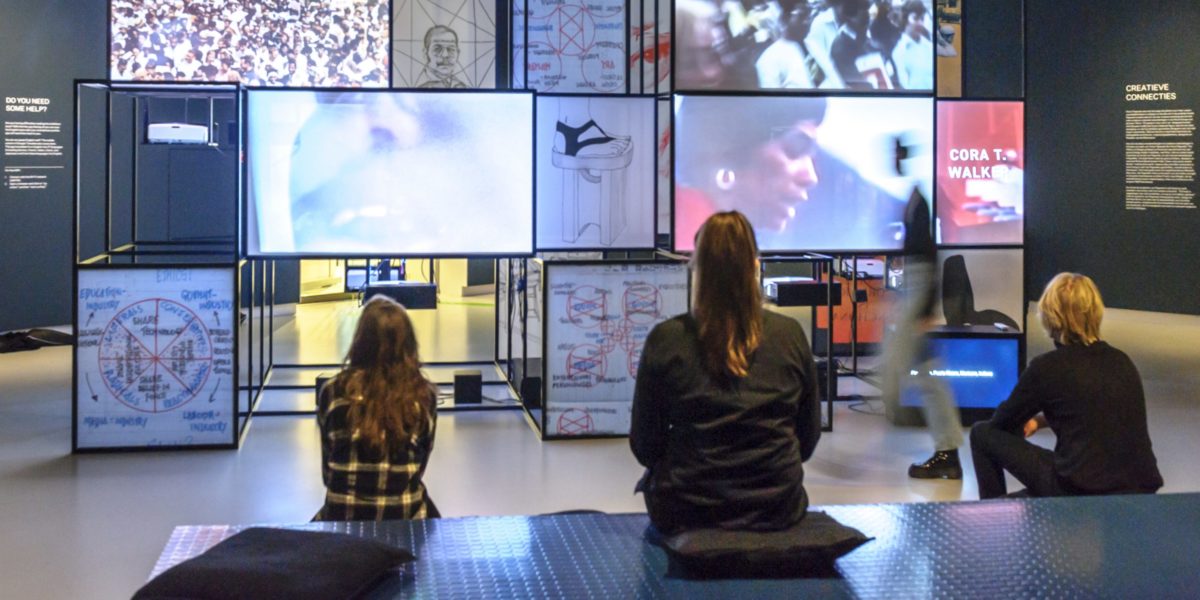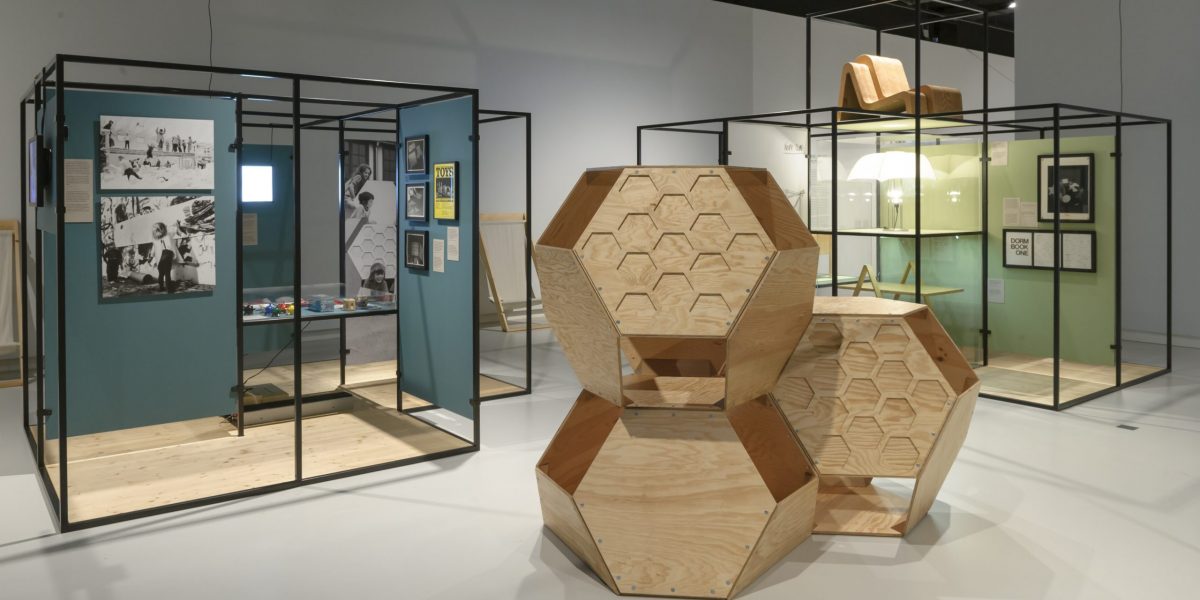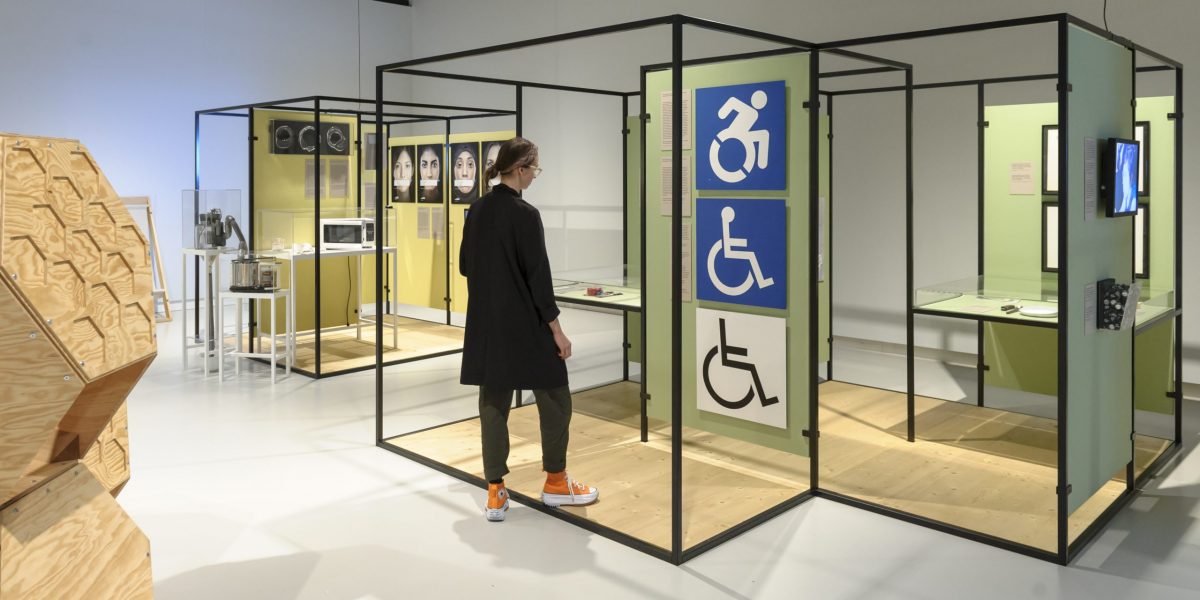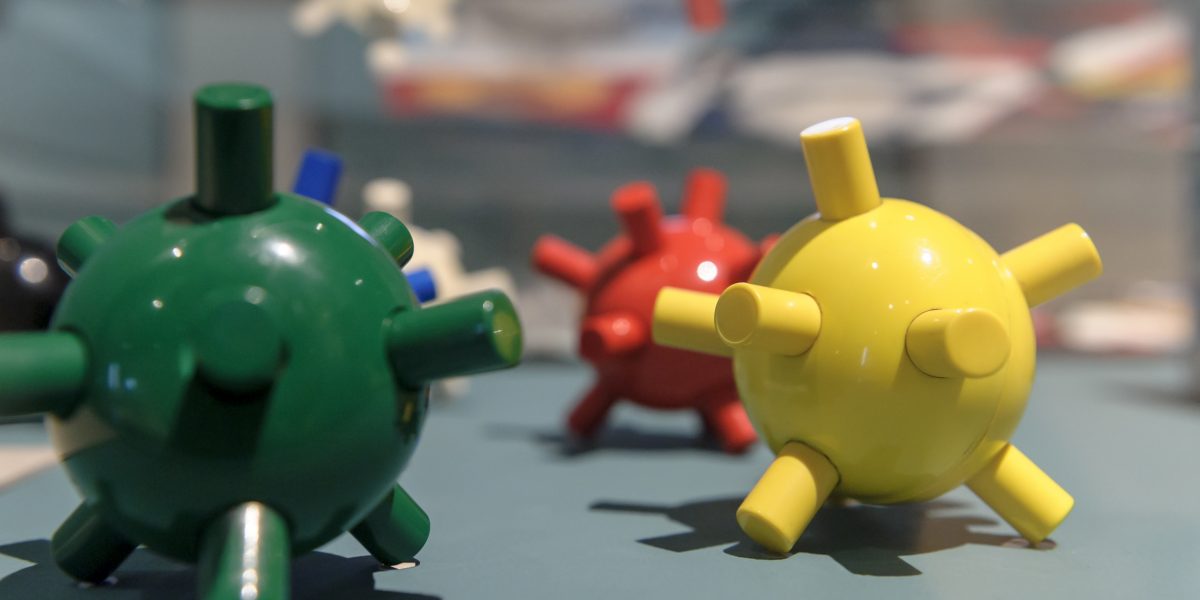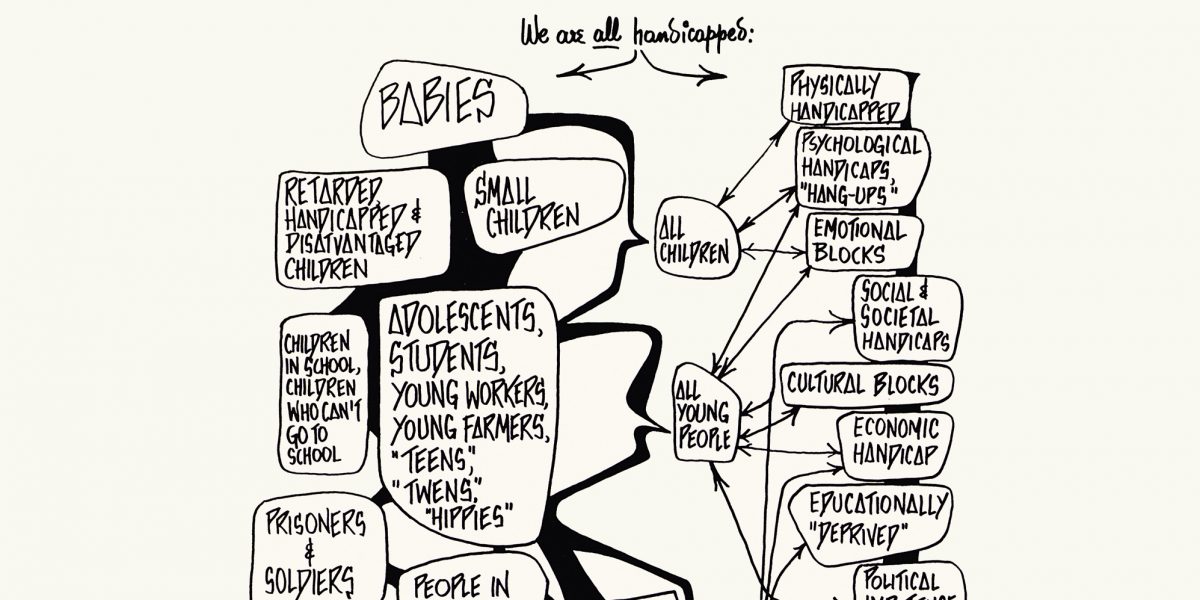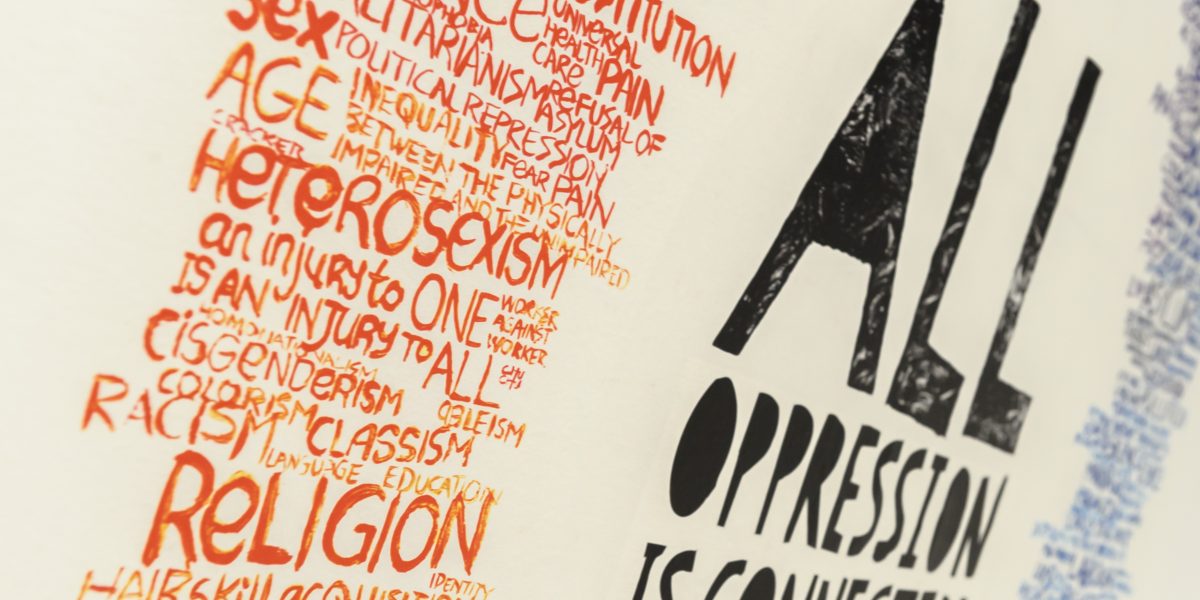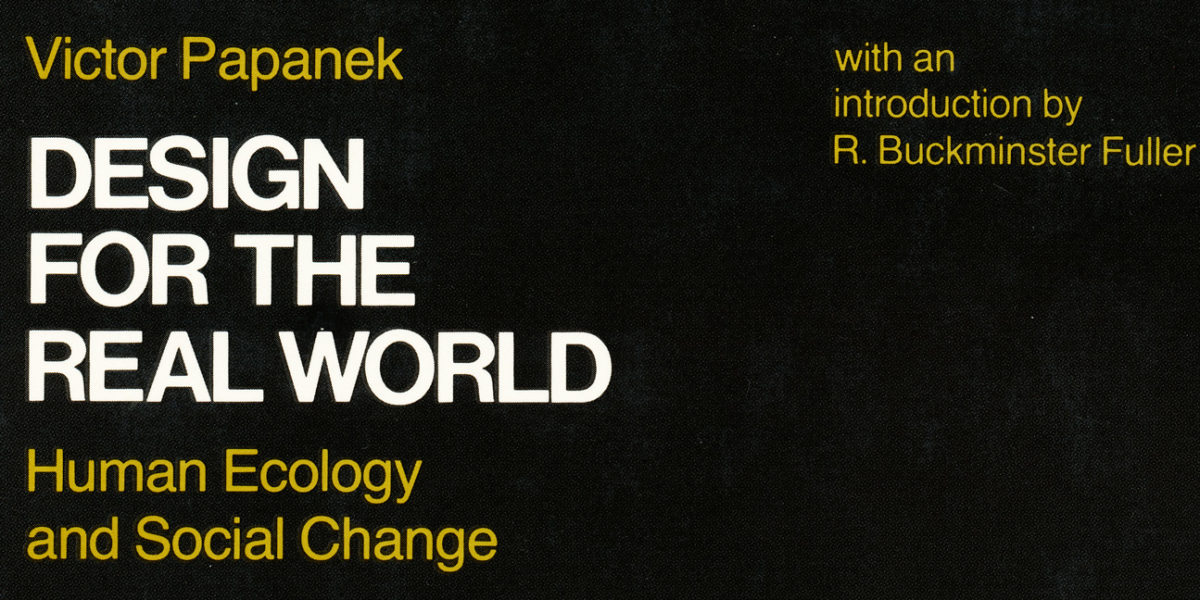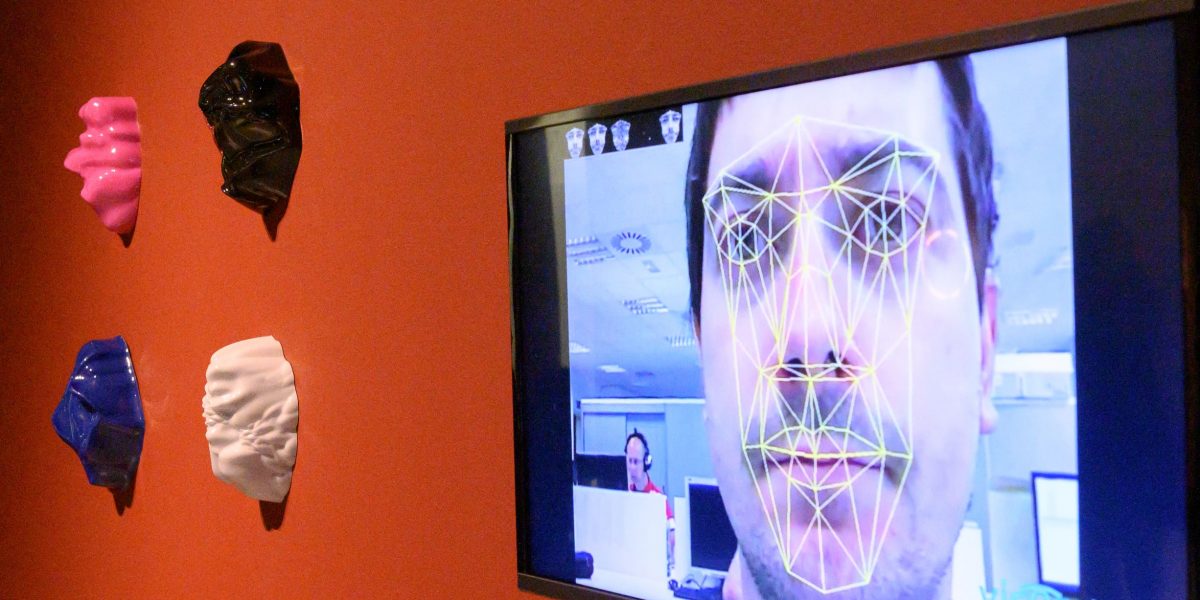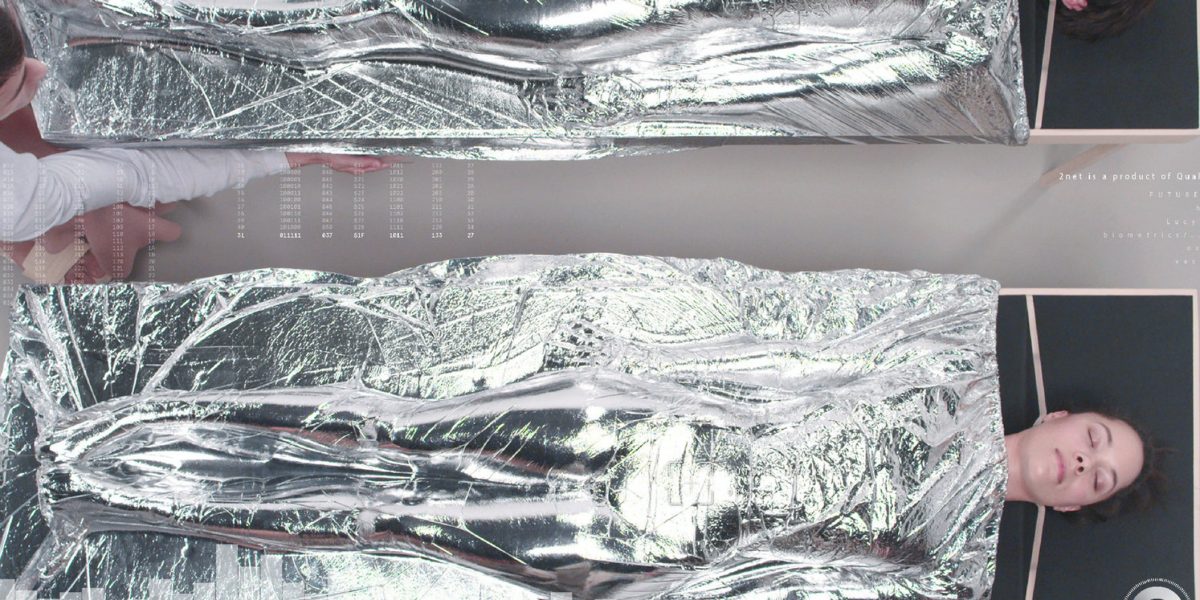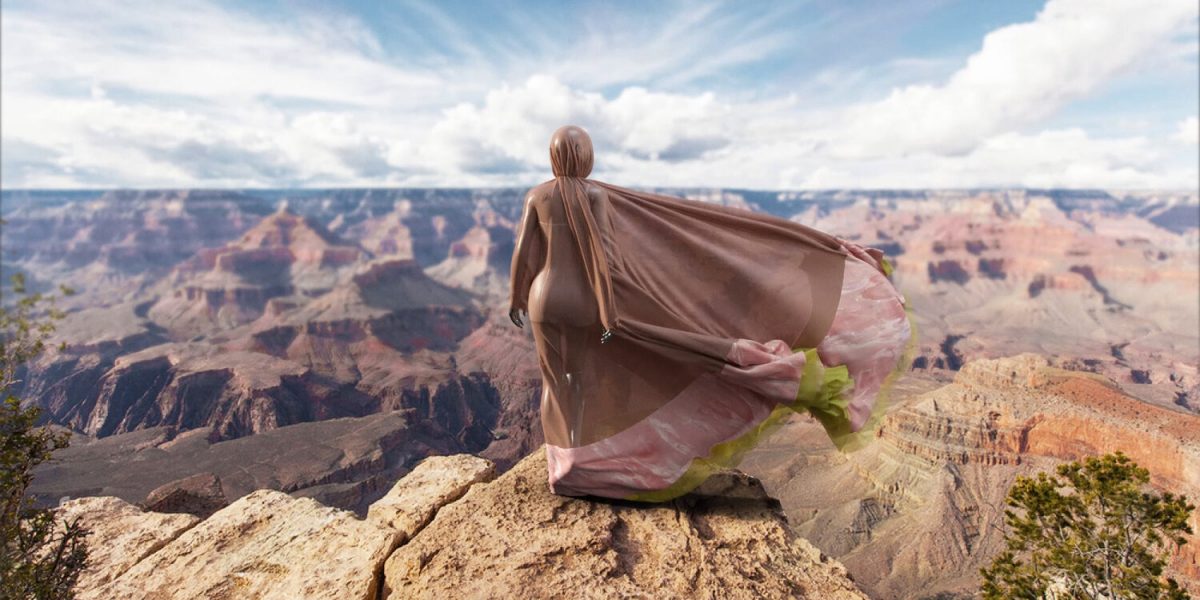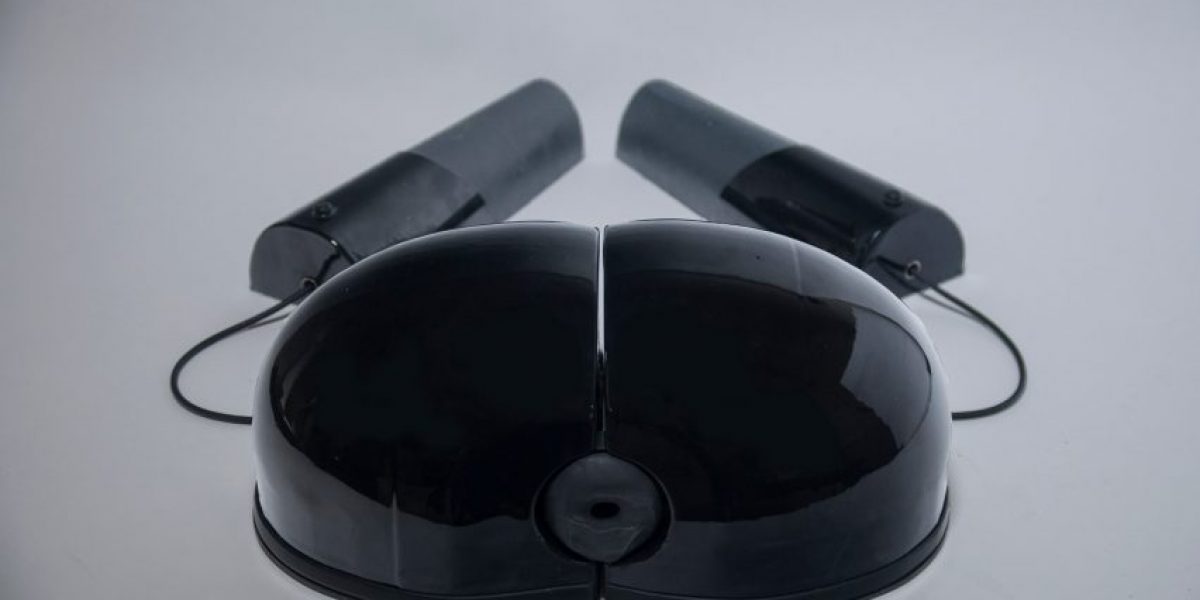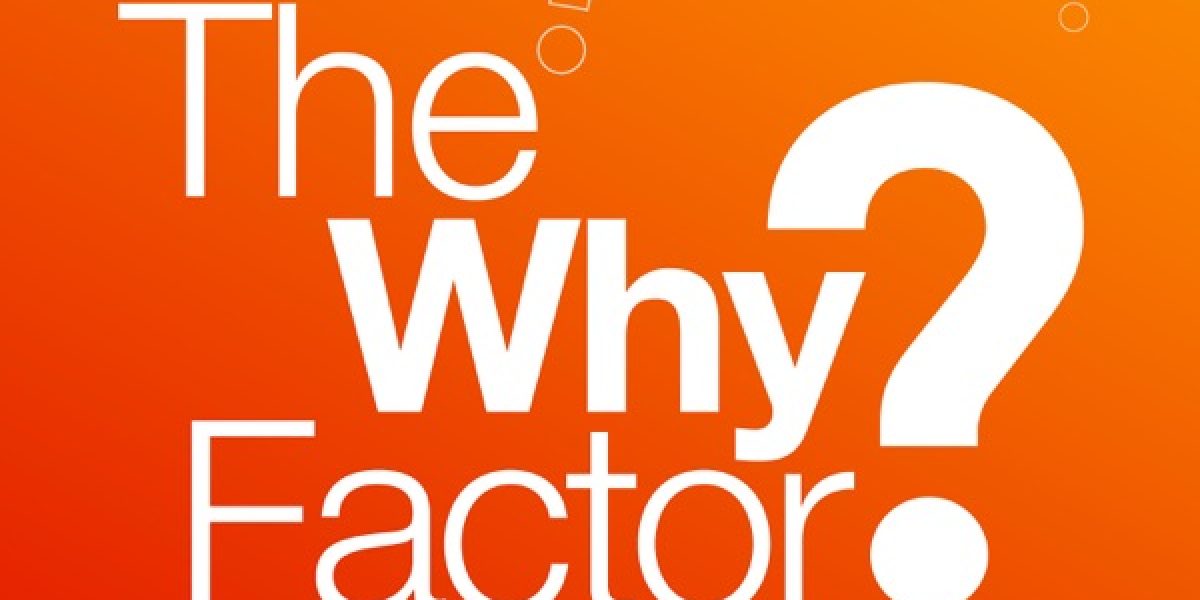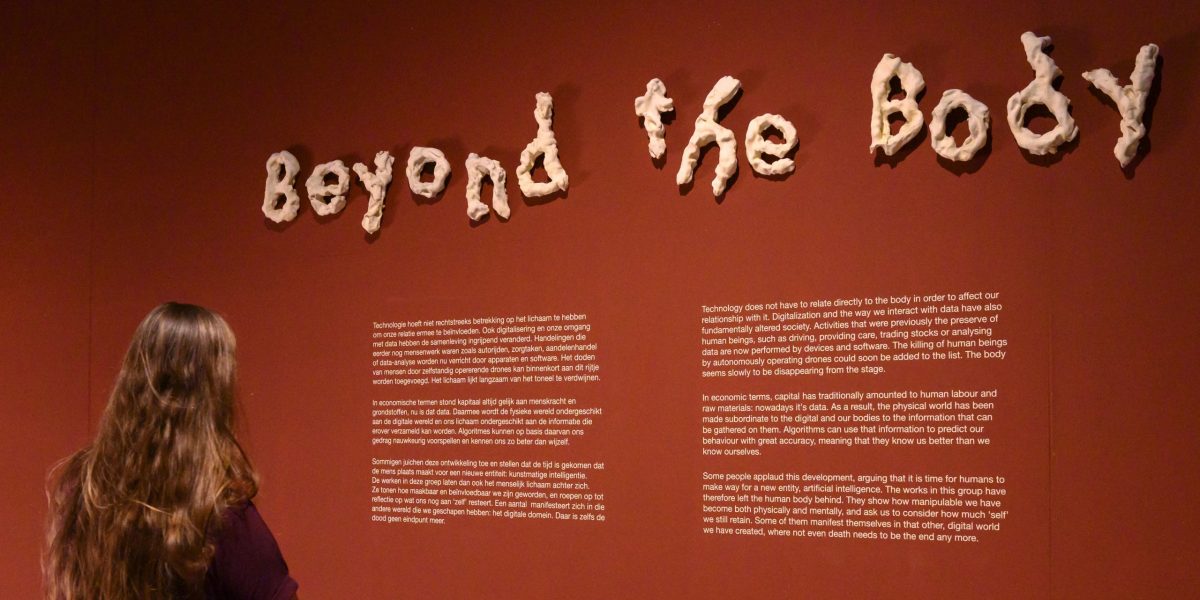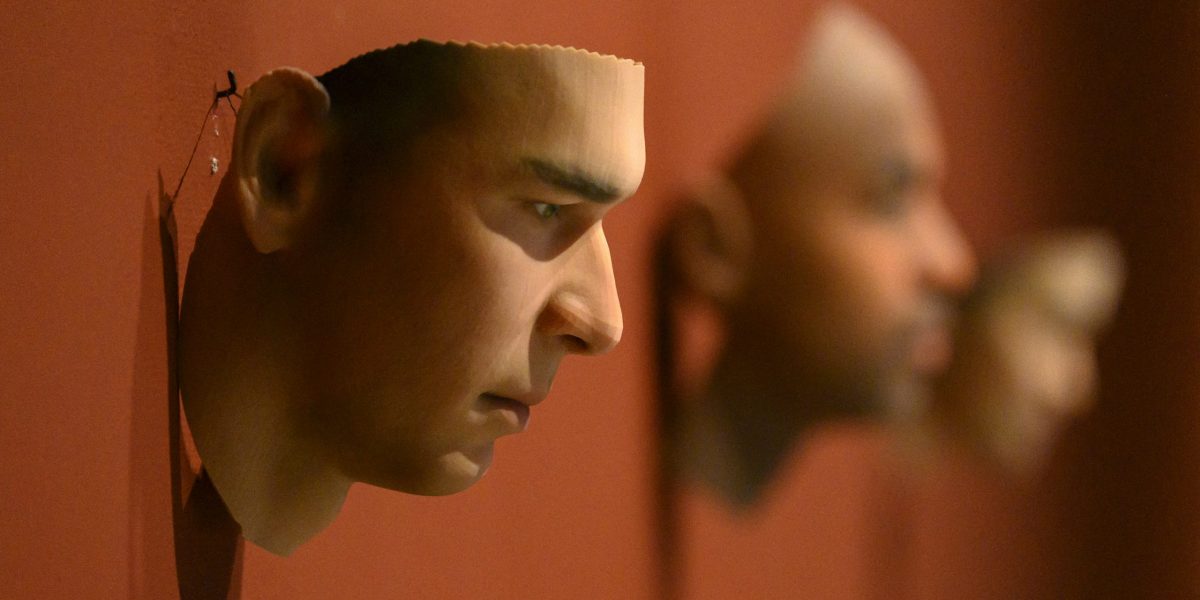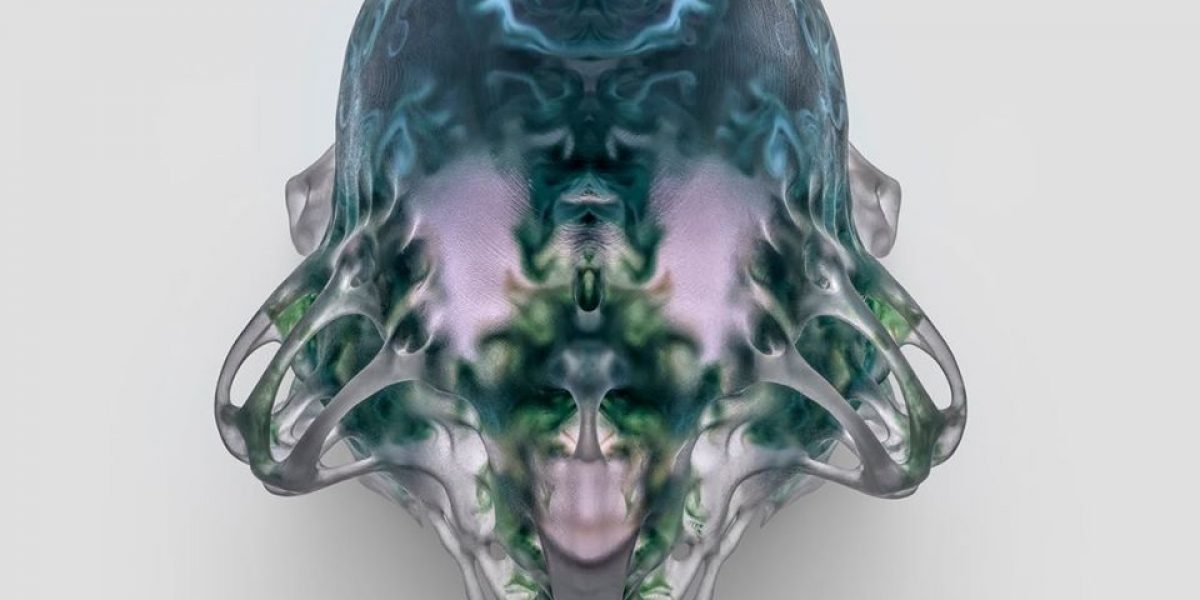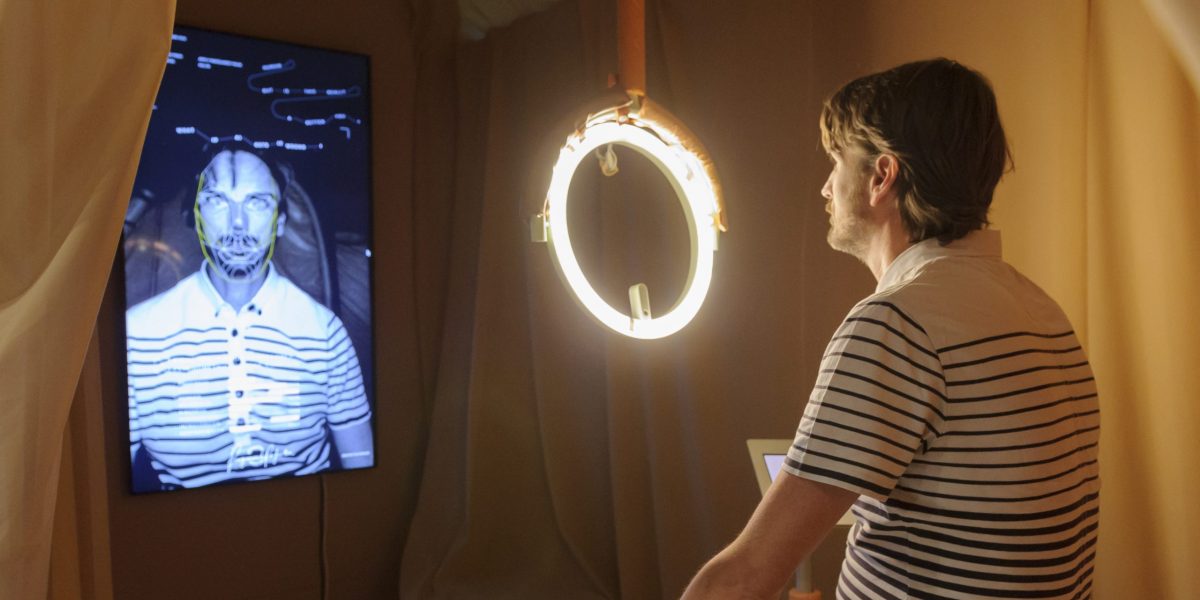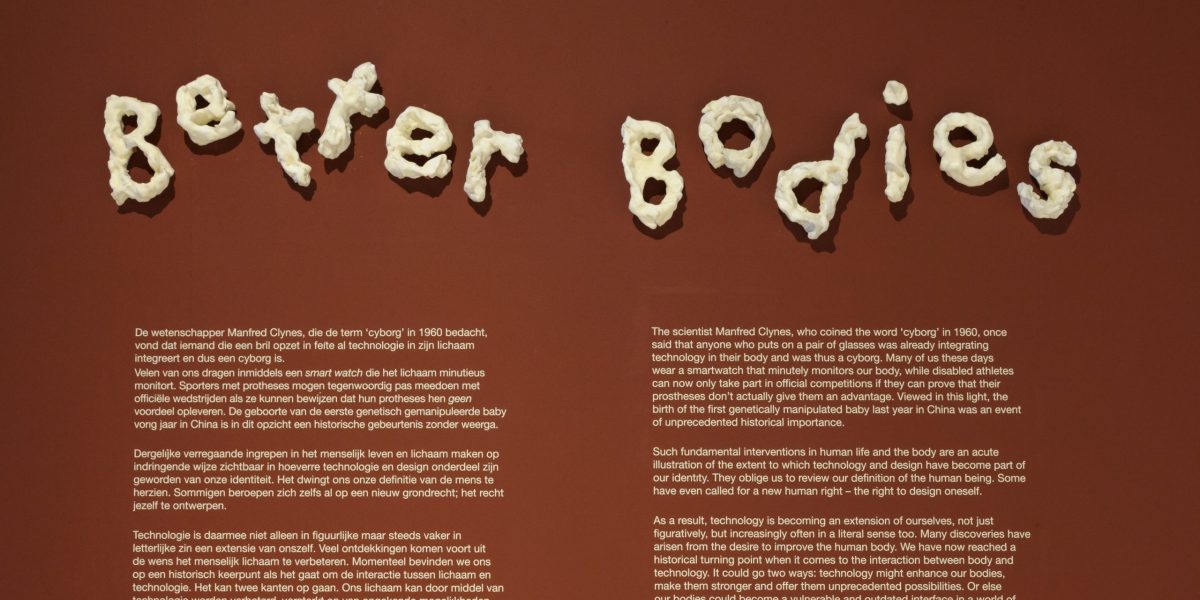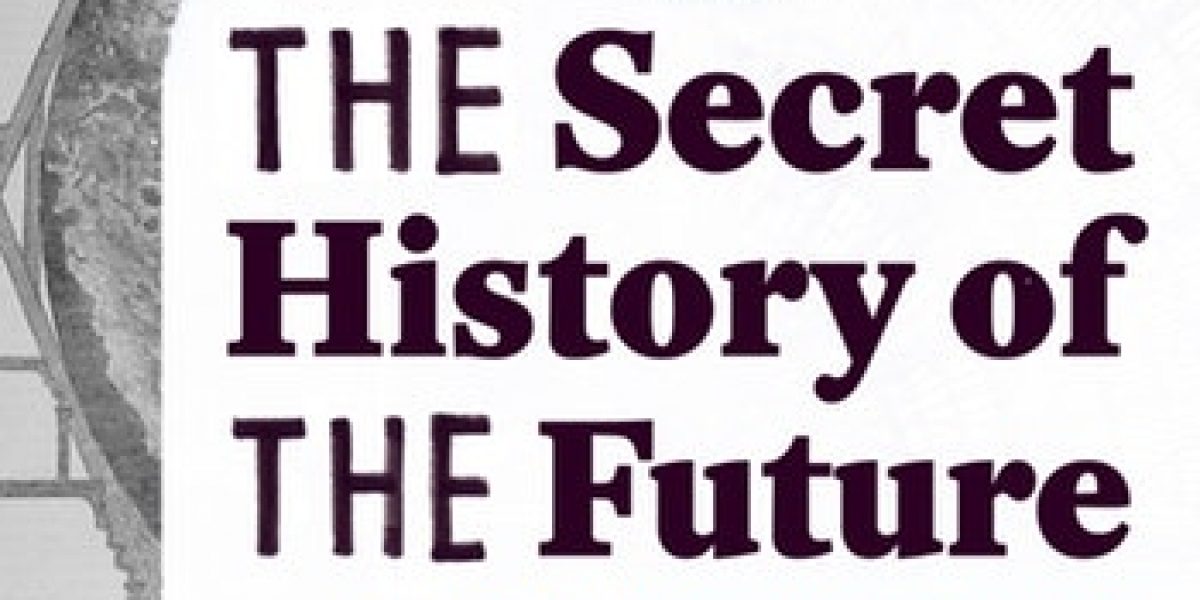Process – Design Drawings from the Rijksmuseum
This pioneering exhibition is an opportunity to discover a collection of extraordinary design drawings from the Rijksmuseum. The drawings, which date from the period 1500–1900, have been brought together for the first time and are arranged according to the successive stages of the design process.
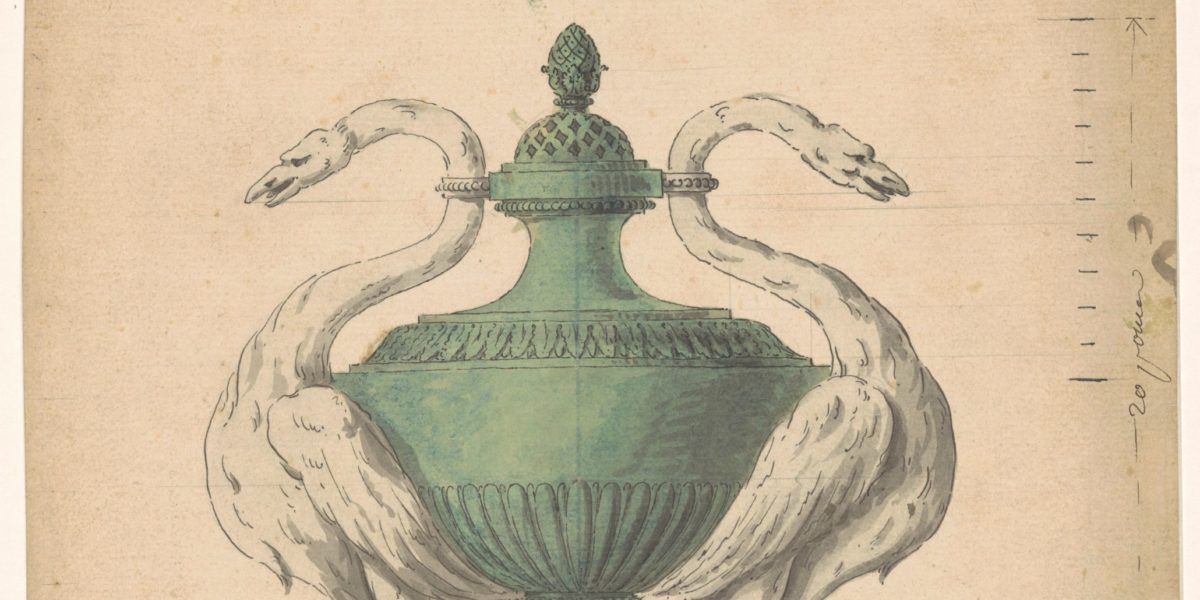
The King of Posters: Engel Verkerke
Every youth room used to be full of them: the posters produced by Verkerke Reprodukties, the company of Poster King Engel Verkerke. Whether you picked Che Guevara, The Beatles, a horse on the beach or a naked woman, you could show exactly who you wanted to be and which group you wanted to belong to….
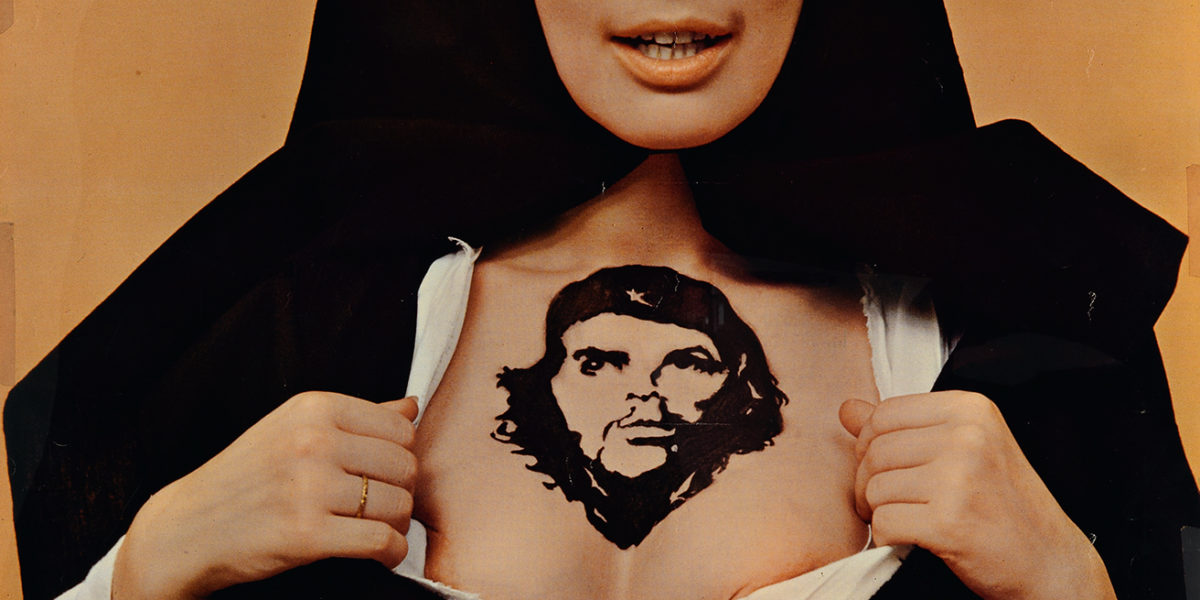
Design Museum Den Bosch sets out to highlight the cultural significance of design in the past, present and future. Since changing its name and direction in 2018, the former Stedelijk Museum ’s-Hertogenbosch has grown substantially, as reflected in an ambitious programme of exhibitions, national and international collaborations and rising visitor numbers. In the years ahead,…
Sneakers Unboxed
The exhibition Sneakers Unboxed offers you a behind-the-scenes look at the footwear that triggered technological breakthroughs, inspired new youth cultures and turned the fashion world on its head.
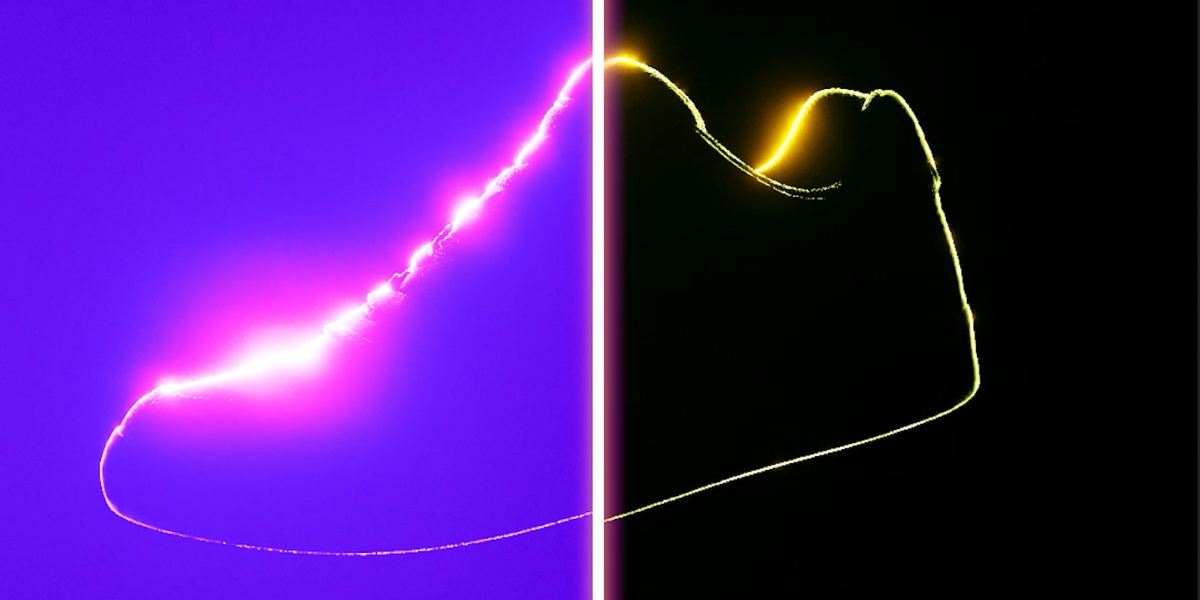
GOTH – Designing Darkness
Goth is the world’s biggest subculture. A lifestyle steeped in an undefined yearning for the dark side of life. The exhibition GOTH – Designing Darkness looks for the wellspring of the Goth scene to present two centuries of a cultural history packed with dramatic imaginings, ominous design and melancholic art. In the heart of historic…
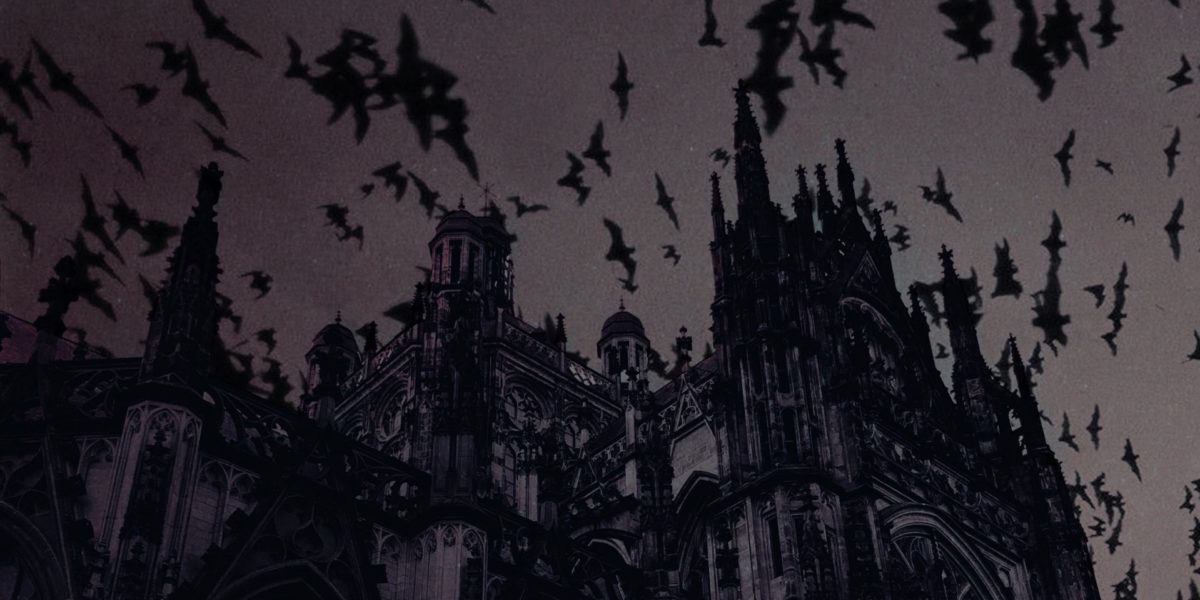
Lucio Fontana – The Conquest of Space
Lucio Fontana (1899–1968) was one of the 20th century’s most important avant-garde artists and continues to inspire artists, designers and architects to this day. He is best known for his iconic slashed paintings, but Fontana’s work goes much further than that. He was a sculptor by training, created spatial installations, collaborated with architects and designed…
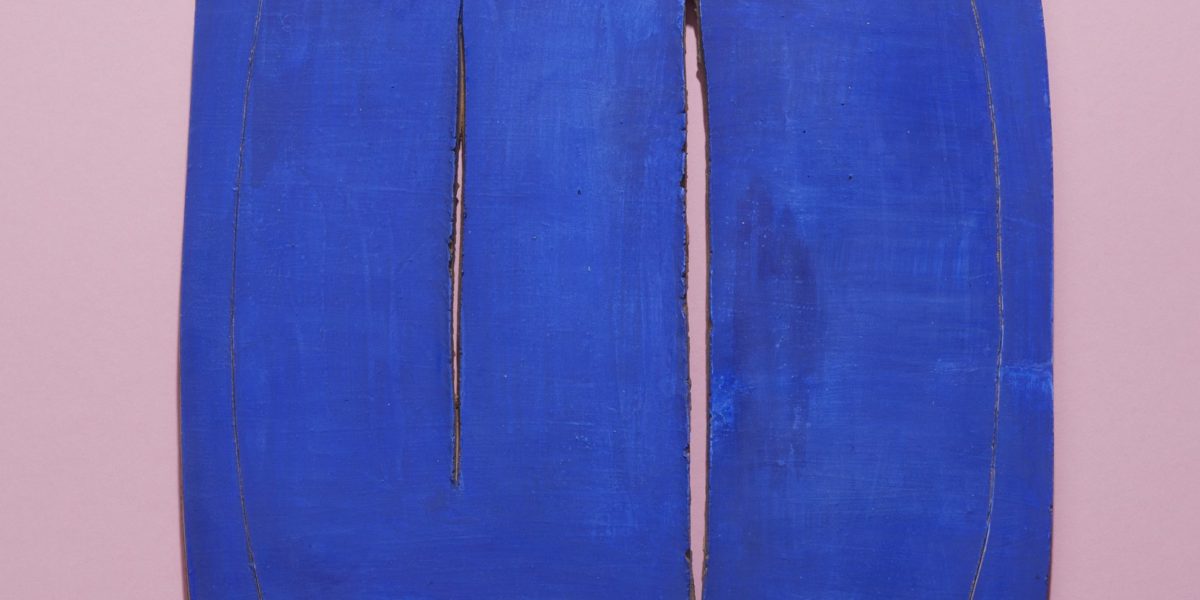
“A little world in which the big one holds its tryouts”, is how guest curator and professor Bart Lootsma describes the development of Austrian avant-garde movements in the 20th century. In this lecture series, Lootsma places the so-called ‘Radical Austria’ of the 1960s in the context of the long Austrian tradition of art and design.
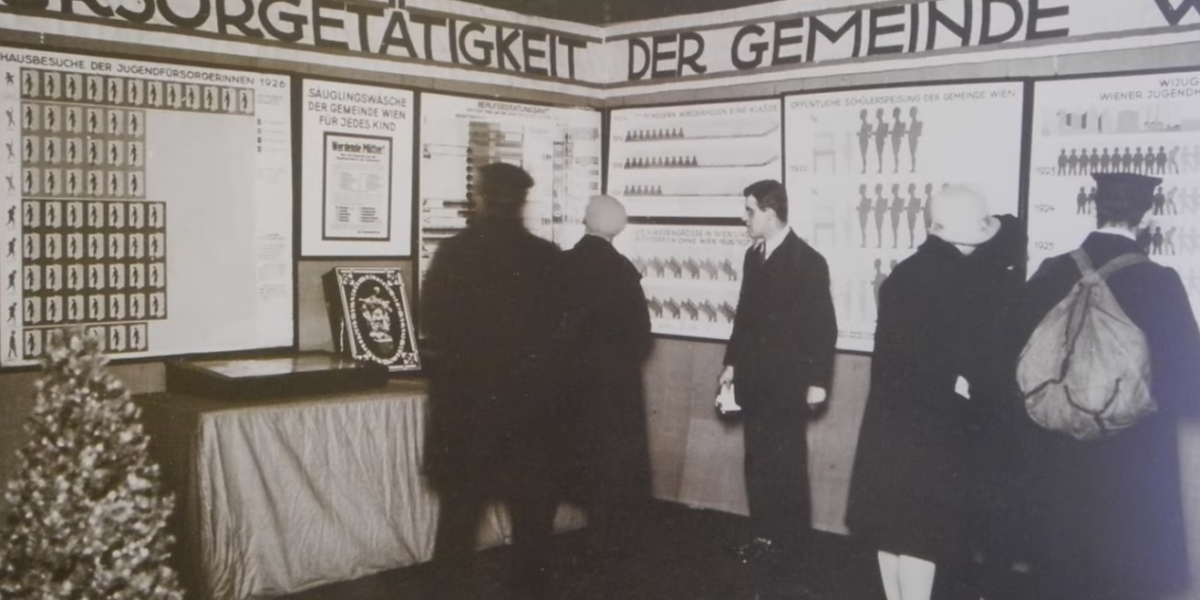
Parallel to the exhibition, architecturaltheory.eu presents a selection of films on and by the protagonists of the exhibition, made for and broadcasted by the ORF. The films are as radical as the people, ideas and work in the exhibition. They provide a unique snapshot of Austrian culture in the 60s and 70s.
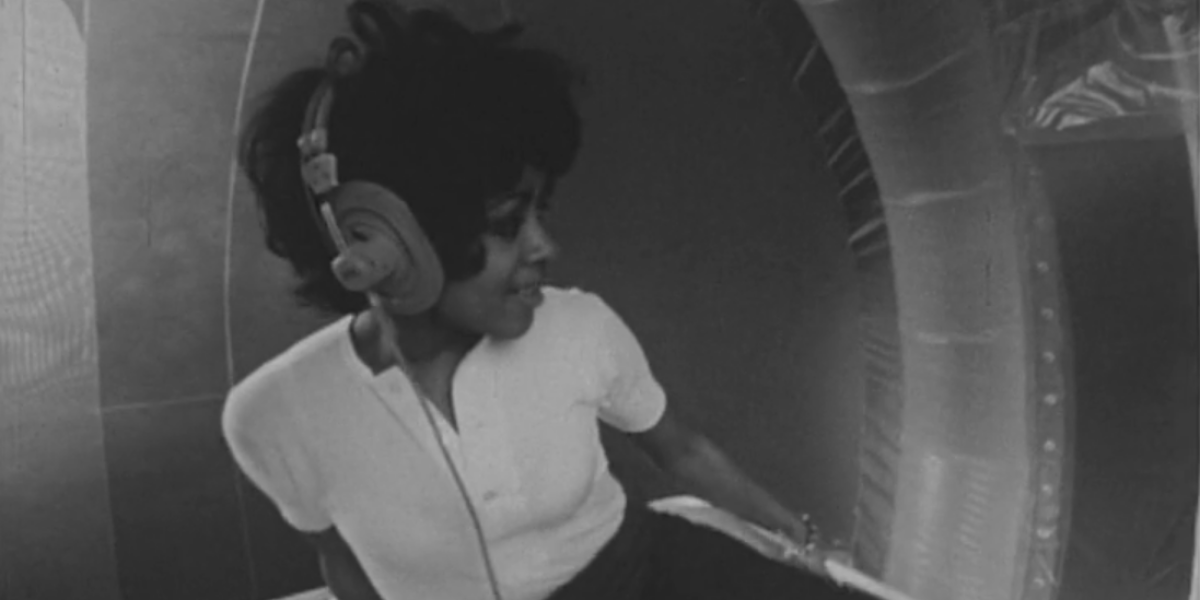
The performances of the Actionists increasingly sparked scandals attracting attention of both police and media. This culminated in 1968 in the happening Kunst und Revolution, arranged by the artist Peter Weibel as part of student protests and taking place in a prominent lecture hall of Vienna University.
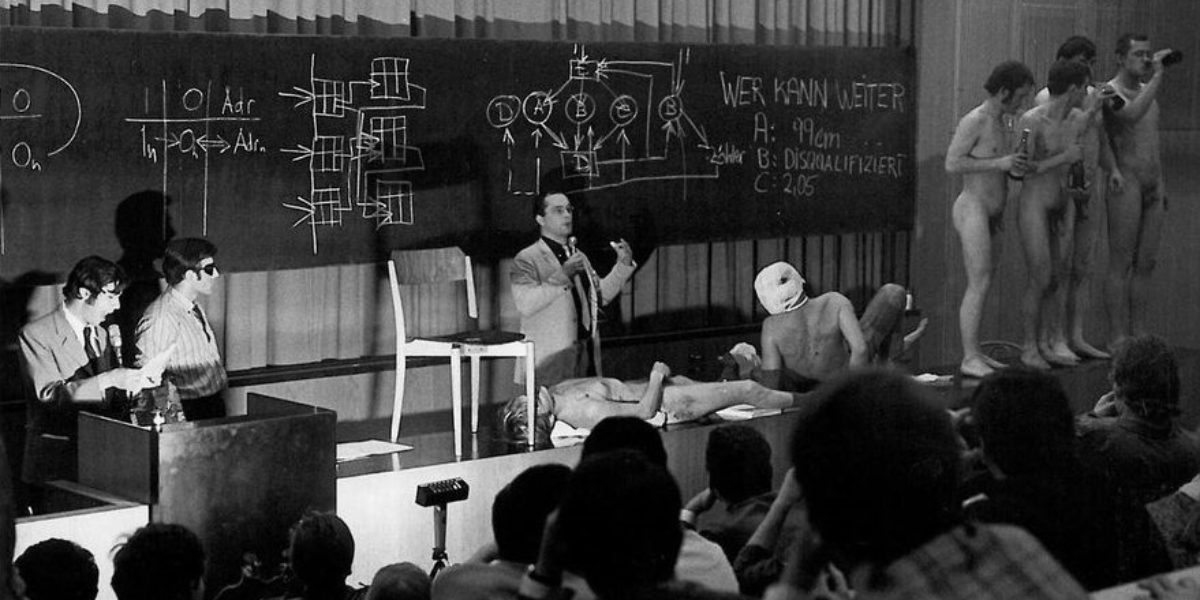
Design Prize 2021
Design Museum Den Bosch is proud to mark the Design Prize 2021 by presenting the work of three up-and-coming Brabant design talents. They have been selected by the winner of this year’s prize, Bart Hess.
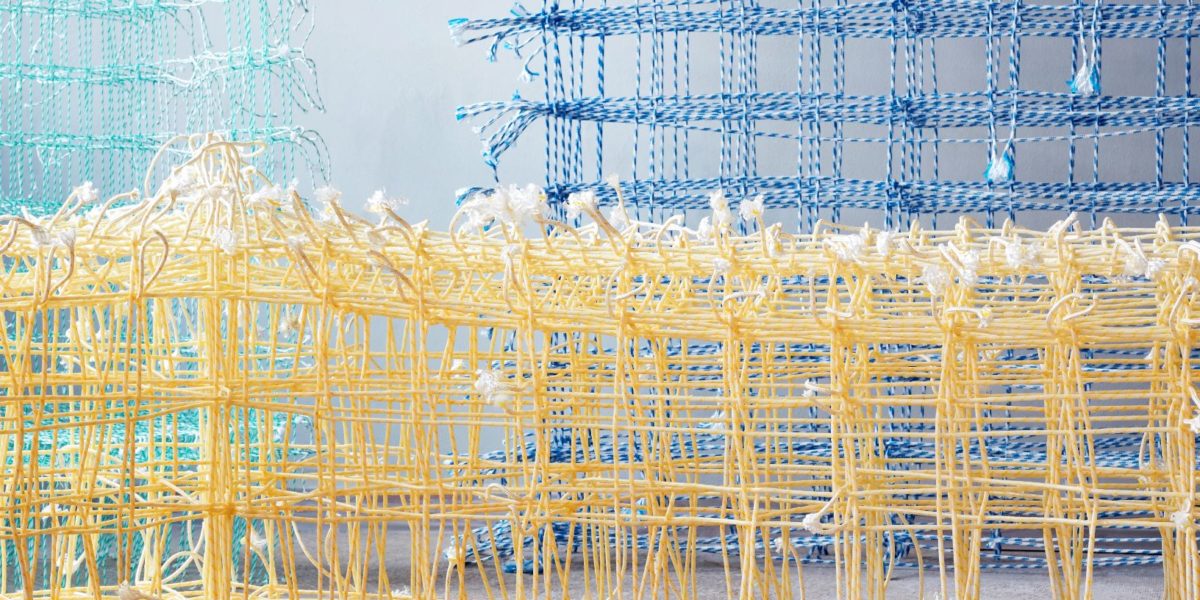
Here you will find more in-depth information on the themes of our exhibitions
Meret Oppenheim: für dich – wider dich
Meret Oppenheim (1913–1985) was a Surrealist who didn’t want to be called a Surrealist. A feminist who didn’t like ‘women’s art’. World-renowned but agonized by her fame. This exhibition introduces you to Oppenheim and her playful and ironic work.

Benno Premsela – Warrior and Seducer
Design Museum Den Bosch is presenting Benno Premsela’s jewellery collection this spring under the title Warrior and Seducer. Benno Premsela (1920–1997) was a designer, interior decorator and leading figure in the post-war Dutch art world. He was also a prominent champion of LGBT rights in the Netherlands.
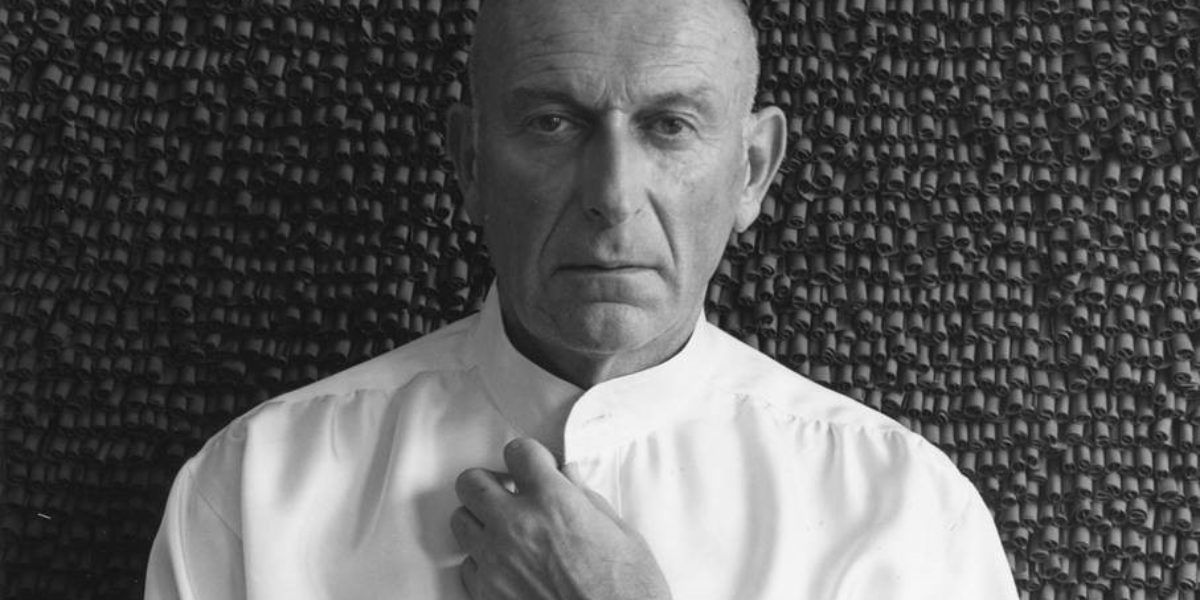
Touching Worlds: discover our ceramics collection
At the top of the monumental, spiral staircase of the museum, you can see a new permanent ceramics collection exhibition with works by Pablo Picasso and Kenneth Price, among many others.

Victor Papanek: The Politics of Design
Design Museum Den Bosch presents the work of visionary designer, critic and activist Victor Papanek (1923-1998).
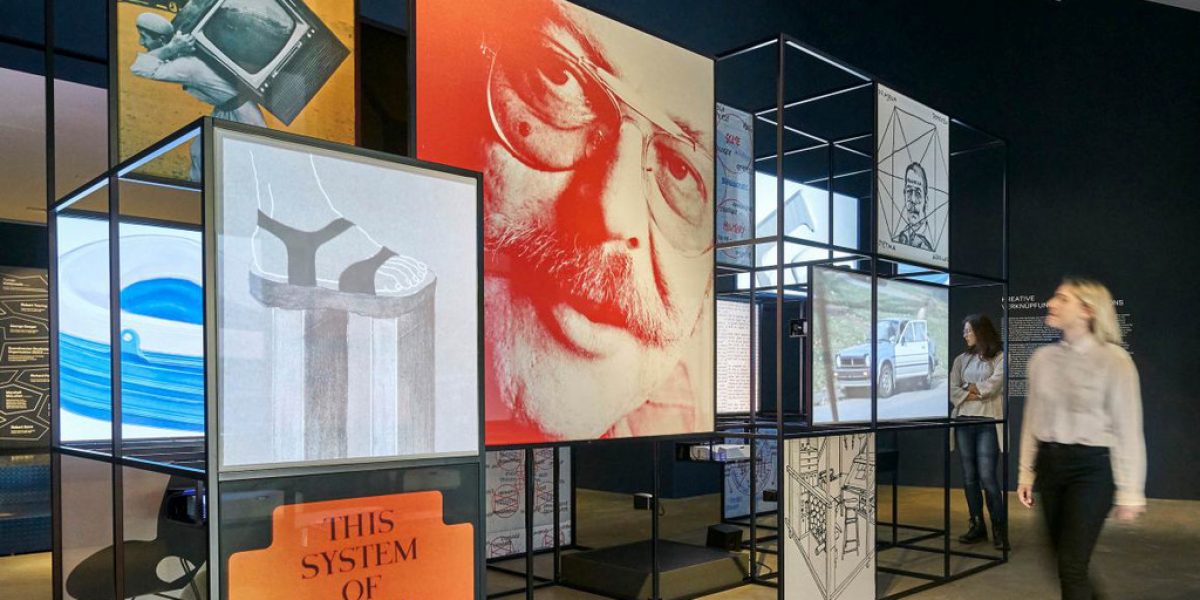
Radical Austria: Everything is Architecture
In ‘Radical Austria – Everything is Architecture’, you will discover the mind-expanding, boundary-shifting and socially critical work of the Austrian avant-garde in the 1960s and 70s.
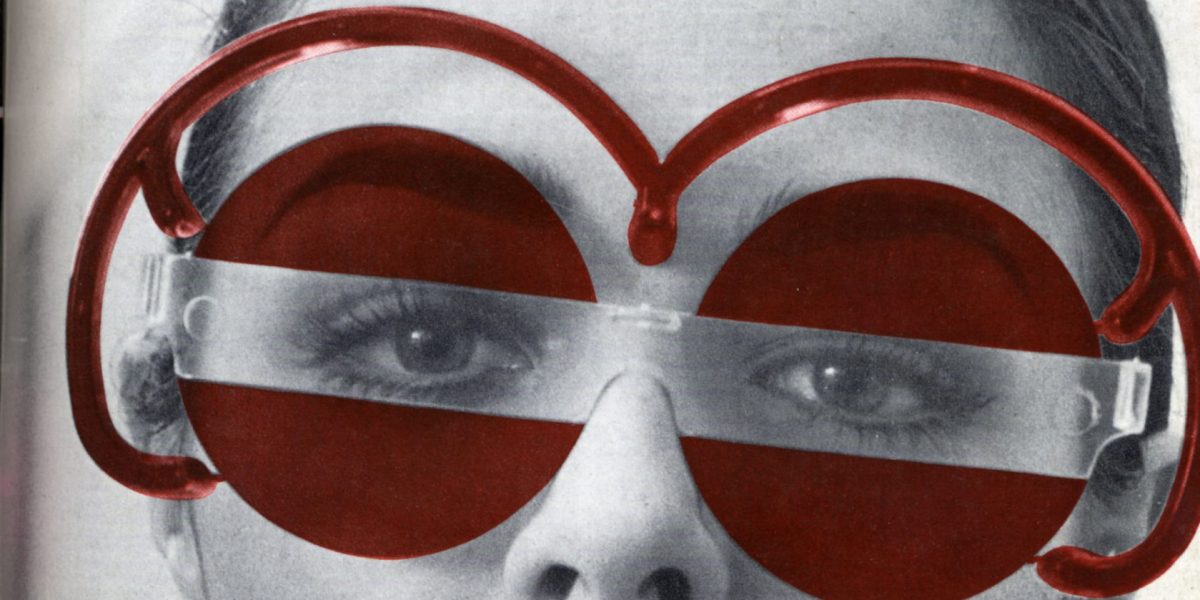
Stigmergy: Learning from Ants
Master students at the Design Academy Eindhoven present their research into the theme ‘stigmergy’. How can designers utilize this complex concept?

Design Museum Den Bosch has a spacious building in which it is possible to keep a safe distance. Currently there are no corona measures in place. Of course, the following still applies: do not come to the museum if you suffer from health problems associated with corona such as coughing, sneezing or a fever. Tickets…
The Poster is Dead
The Poster is Dead presents the work of eight design agencies who are working at the forefront of digital motion design for the public space.

Design Museum Den Bosch underlines the cultural meaning and role of design in history, present day and in the future. Over the coming years, the museum aims to further reinforce its position in the regional, national and international cultural landscape. We schedule themed design exhibitions with a strong level of research. There are currently no…
Bodydrift – Anatomies of the Future
What does the future of the human body look like? In this exhibition, artists and designers explore the moral and technological boundaries of the body.
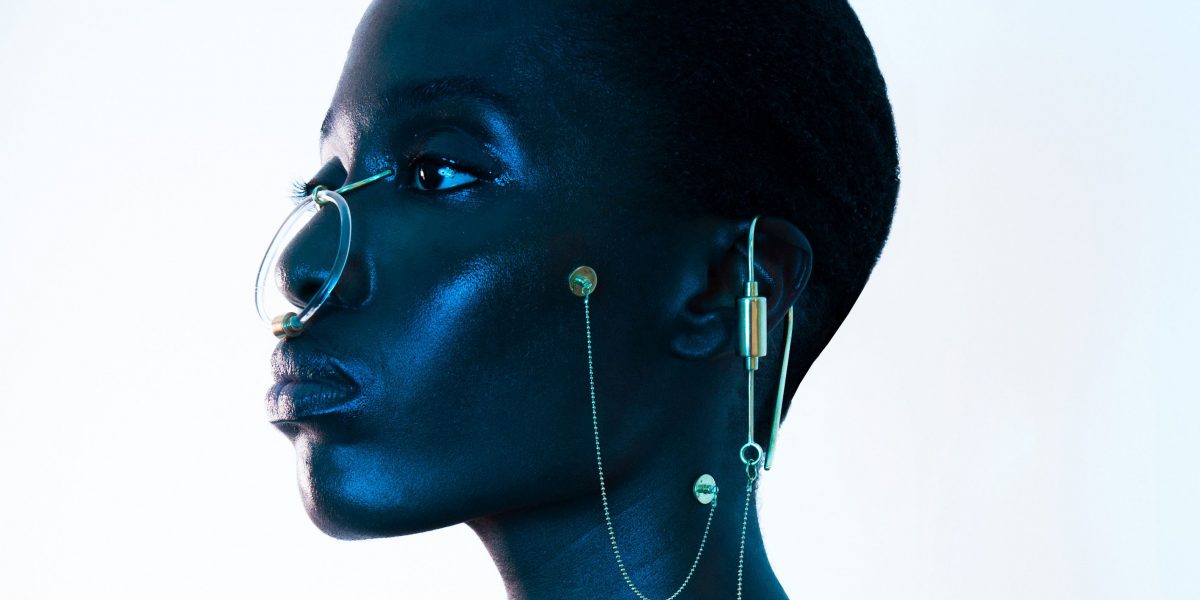
Geert Lap – Specific Objects
Geert Lap – Specific Objects offers a visually captivating survey of the peerless work of one of the world’s most important post-war ceramic artists. The many works from the museum’s own collection have been supplemented by dozens of judiciously selected loans from leading museums and collections. The exhibition was designed by Aldo Bakker, who engages…
